Pentax 50mm F1.4 comparison: M, FA and DFA
Sharpness
Sharpness, or the ability to resolve small details, is an important measure of the performance of a lens. Sharp images let the viewer concentrate on the composition, color and light. On the other hand, soft images (except when looking that way on purpose) distract the viewer and decrease the perceived quality of the picture.
50mm F1.4 lenses, made by Pentax or by other manufacturers, have always enjoyed an excellent reputation. Indeed, 50mm is an easy focal length to work with for a designer; making a good lens is relatively easy. That is not to say things cannot improve, of course. While the M and FA lenses are based on comparable designs, the D FA* is a clear departure. We expect marginal improvements between the M and FA lenses, and a clear difference with the D FA*.
There are many ways to evaluate sharpness. Some are quantitative, such as the number of lines per millimeter that can be resolved, while others are comparative, such as using a standardized scene to pit lenses against one another. The latter is the favored method at Pentax Forums.
Test Setup, Star Chart
In order to evaluate sharpness, we photograph a standard test chart (or "star chart") that can be used to compare lenses to one another. The general rule is that the distance from the lens to the test chart must be 100 times the focal length of the lens. For our lens, this means a distance of 5 meters.
The test is not designed to show how good a lens can be. Quite the contrary: it is a stress test designed to put the lens at its limits to show where it falls short. The test shows the apertures where the lens performs best, and makes it possible to compare with another lens.
Our test has the star chart put successively at the center, edge and corner of the field of view of the lens, testing all apertures each time.
Resolution is obviously dependent on the sensor used. For this test, we used both of Pentax's current top-of-the-line sensors: the K-1's full frame 36 MP and the K-3 's APS-C 24 MP.
New Pentax DSLR bodies include the ability to disable anti-aliasing, a very useful feature allowing higher resolutions to be reached. However, the nature of our sharpness test and the pattern of the test chart mean that, with anti-aliasing totally disabled, moiré is likely to appear. In order to strike the best balance between sharpness and moiré reduction, the anti-aliasing simulators were activated and set at the "Low" setting.
Note that the D FA* 50mm has a minimum aperture of F16, a departure from the usual F22.
Test Results at 50mm on APS-C
The following images showcase the results at all apertures on APS-C. Focusing was performed by using focus peaking in live view. It was corrected after each lens movement. You can click on images to see full resolution crops.
Center
M 50mm | FA 50mm | D FA* 50mm | |
F1.4 | 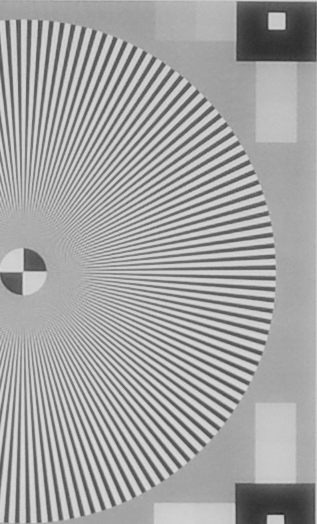 | 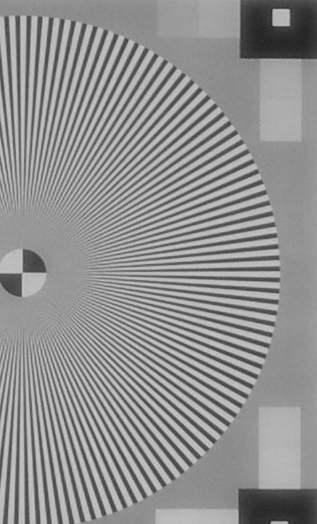 |  |
F2 | 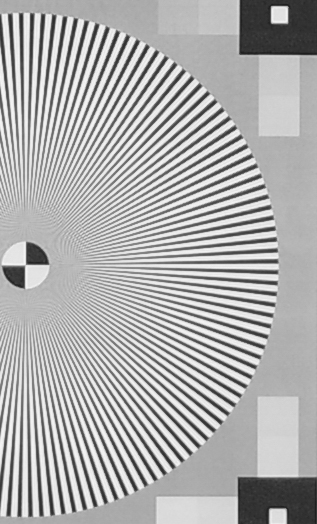 | 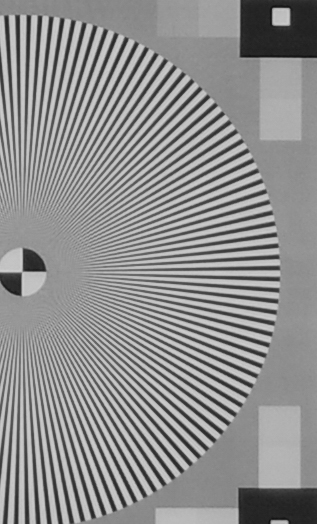 |  |
F2.8 | 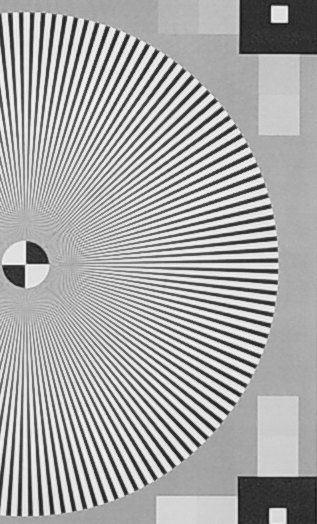 | 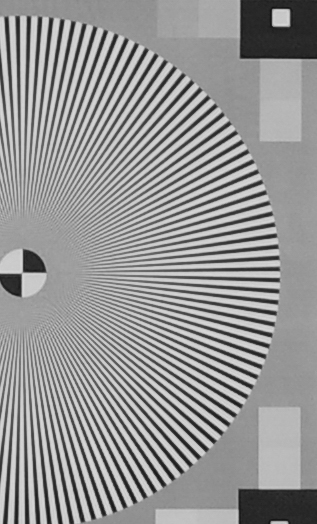 | 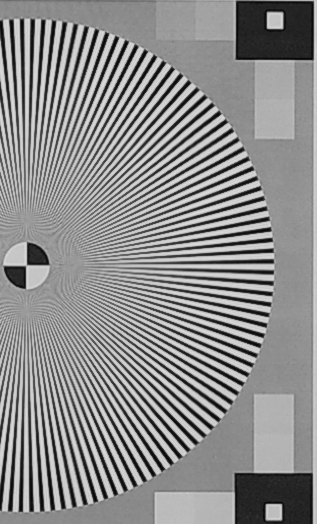 |
F4 | 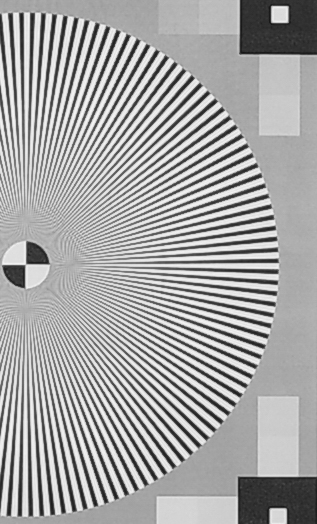 | 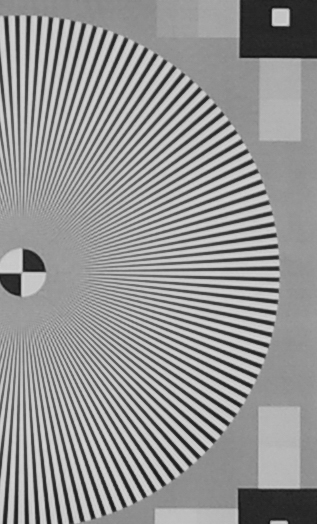 | 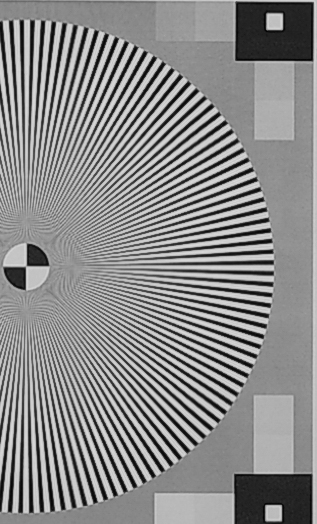 |
F5.6 |  | 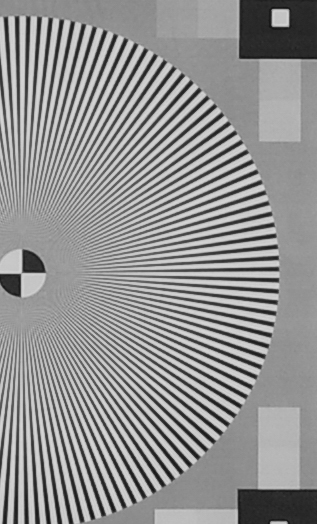 | 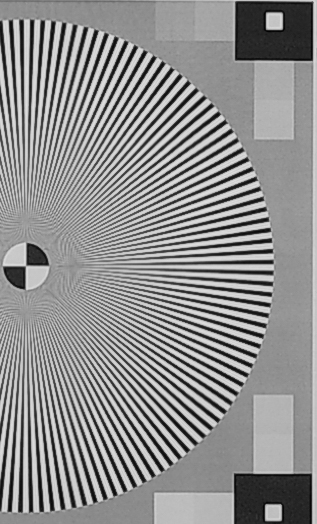 |
F8 | 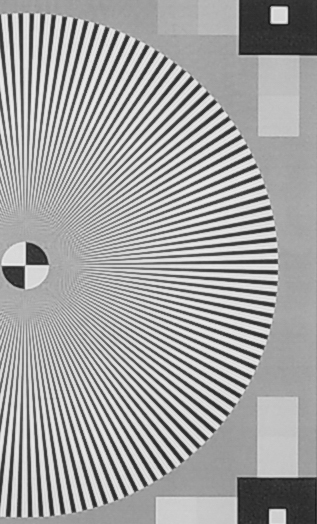 | 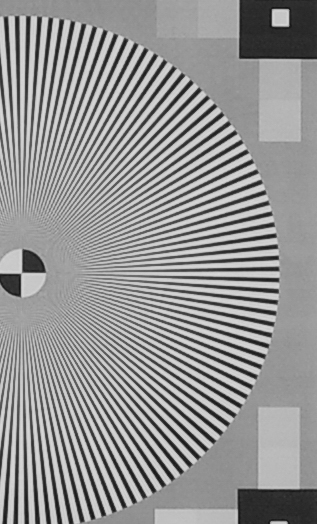 | 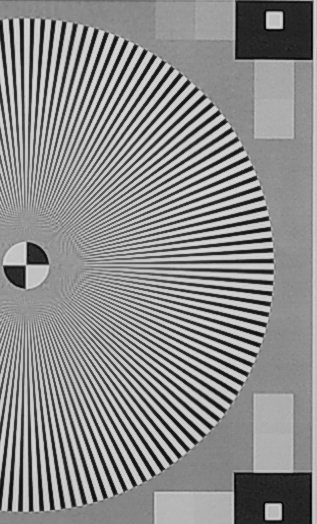 |
F11 | 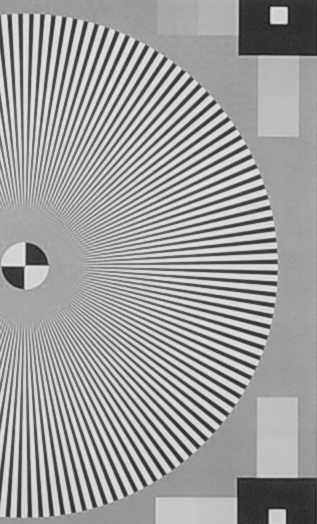 | 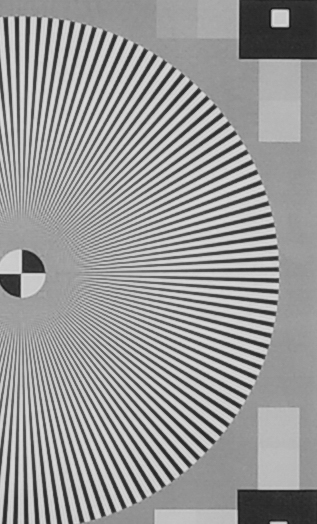 | 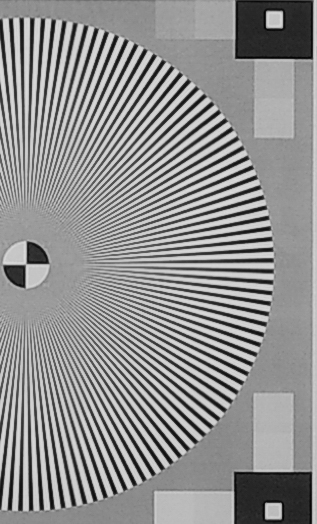 |
F16 | 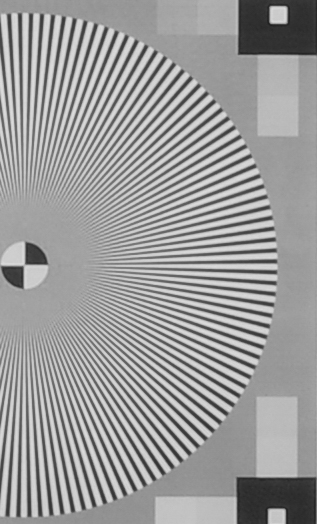 | 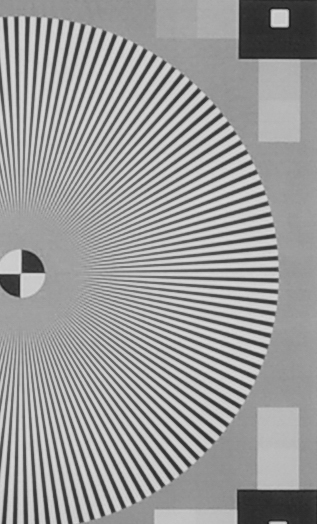 | 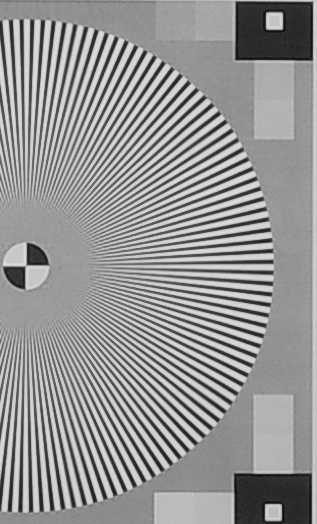 |
F22 | 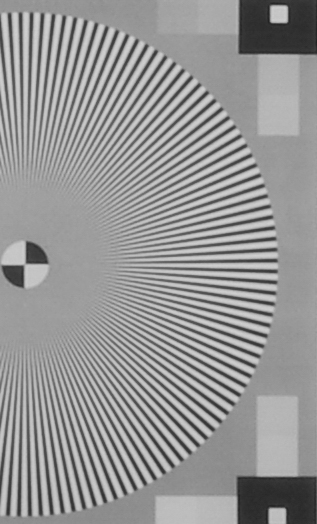 | 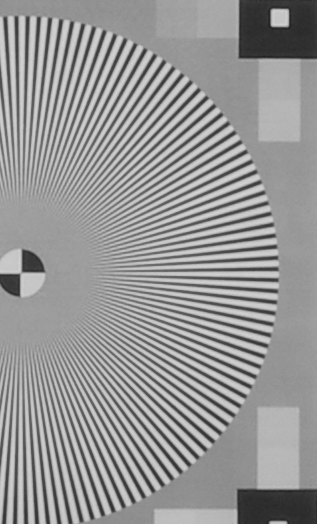 |
At F1.4, the difference between the two older lenses, which are mostly similar, and the newer D FA* is obvious. Resolution is improved, but contrast is an even bigger difference. This observation remains true up to F4, where contrast on the M and FA lenses reaches a level close to the D FA*. Sharpness remains much better on the newer lens, however, until F5.6 where the M begins to compare well with the D FA* (contrast remains lower at all times, however). The FA also improves but, surprisingly, lags behind the other two, which makes us wonder if our copy is poorly matched to our K-3 camera. Note that live view was used for focusing, which removes the possibility of a poorly tuned AF, and focus adjustments were confirmed by verifying the focus point manually.
Smaller apertures, F16 and F22, show the expected decrease in resolution and should be avoided.
Edge
M 50mm | FA 50mm | D FA* 50mm | |
F1.4 |  | 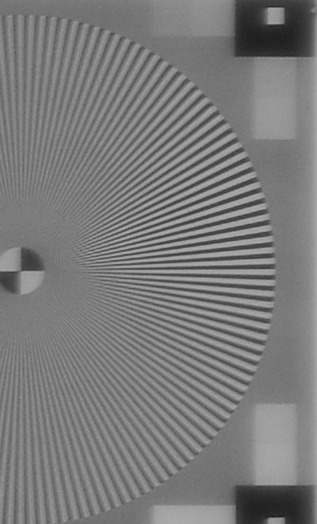 | 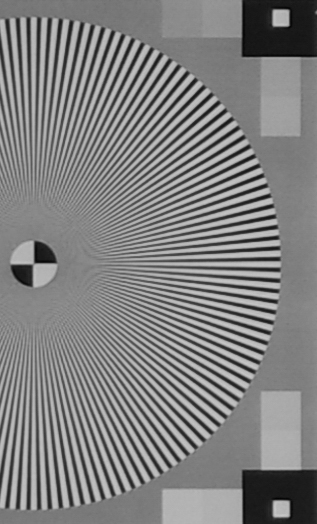 |
F2 |  | 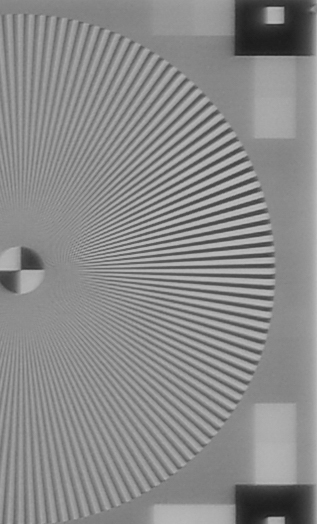 | 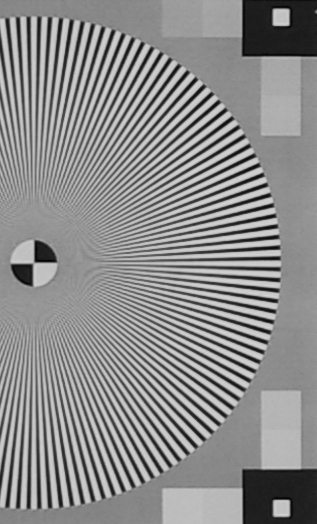 |
F2.8 | 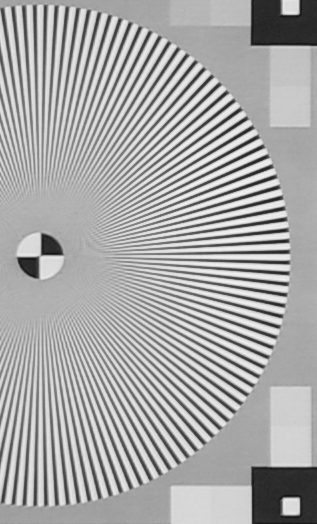 | 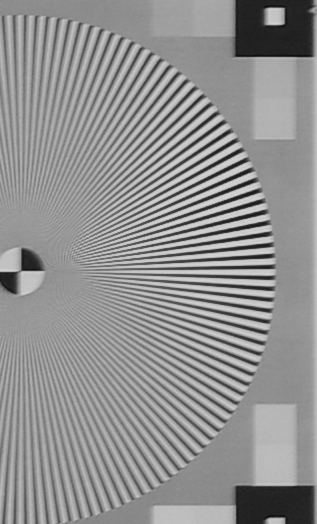 | 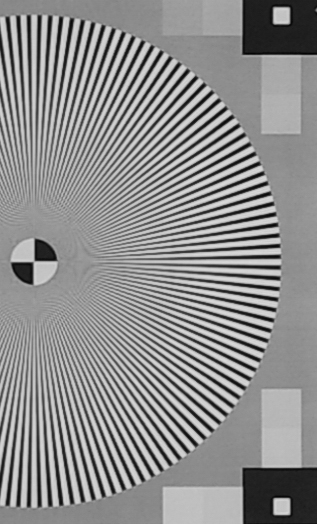 |
F4 | 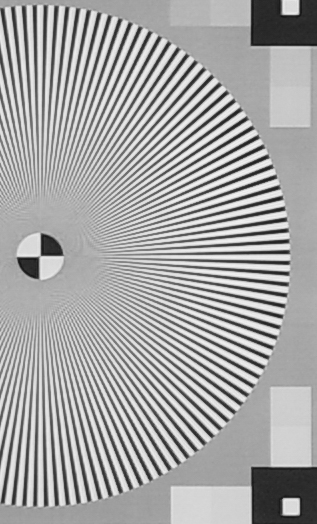 | 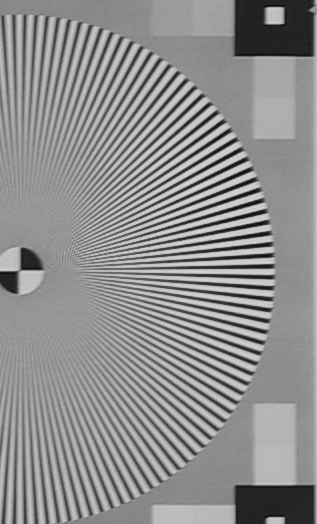 | 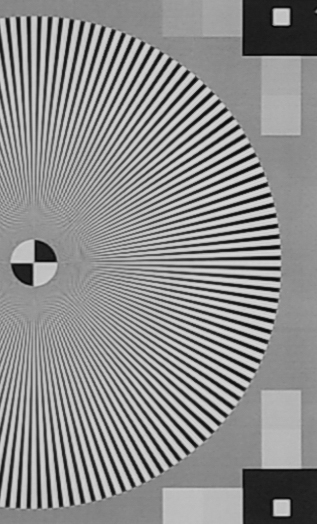 |
F5.6 | 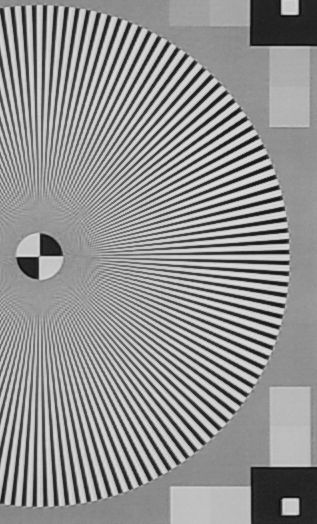 | 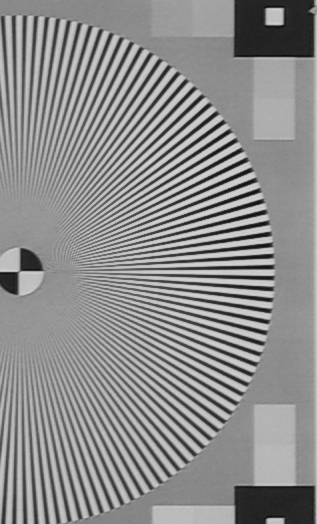 | 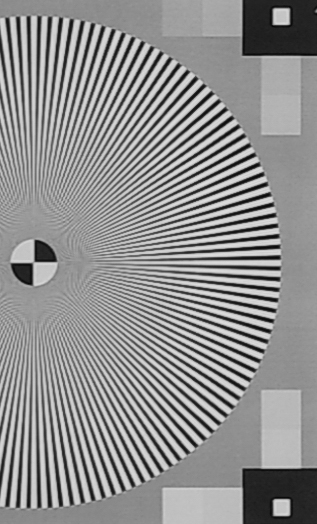 |
F8 | 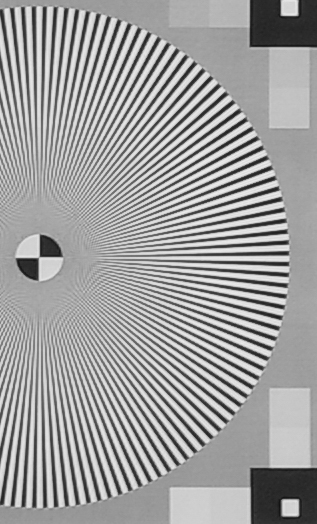 | 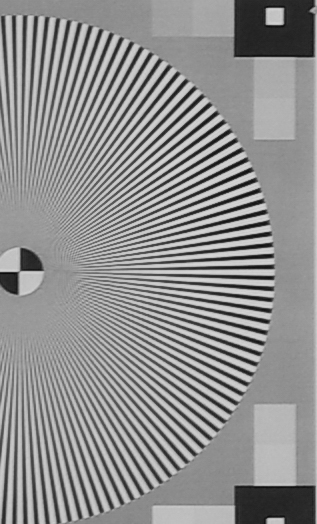 | 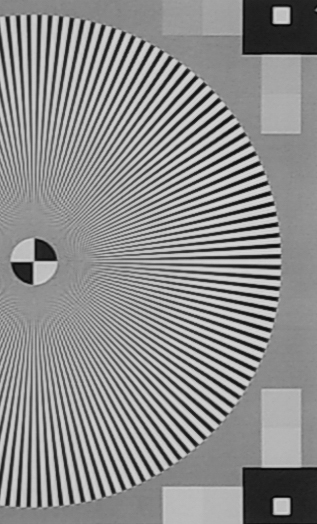 |
F11 |  | 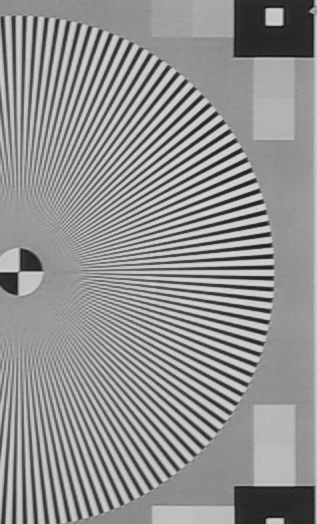 | 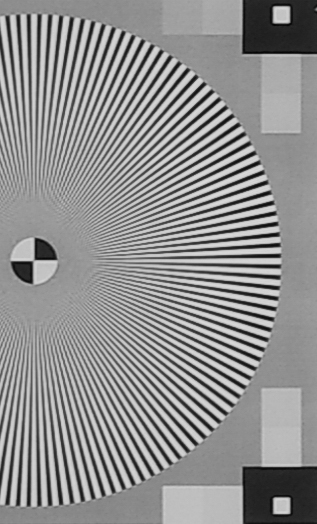 |
F16 | 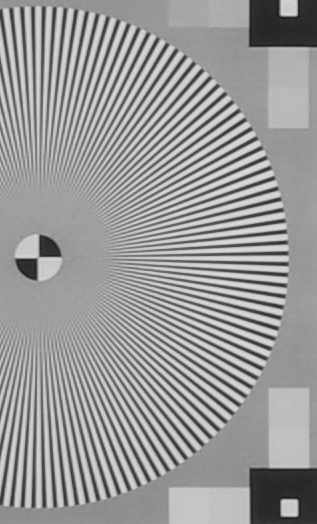 | 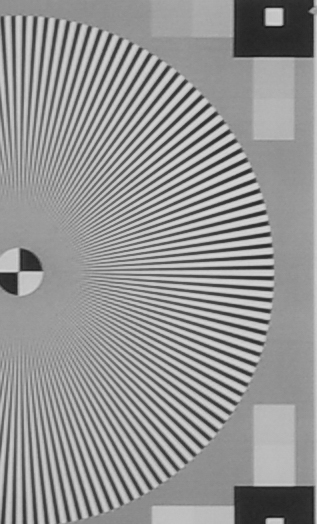 | 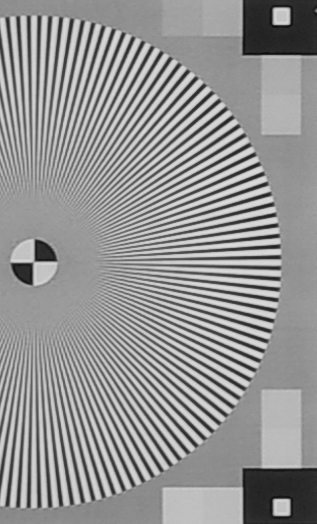 |
F22 | 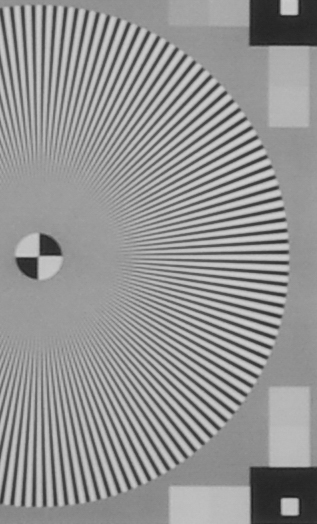 | 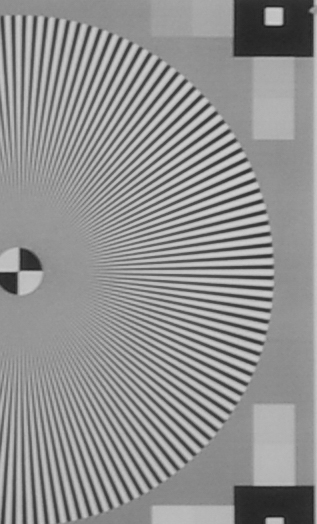 |
On the edges, the D FA* shows a vastly improved level of sharpness when compared with the two older lenses, especially below F2.8. The lenses begin to even out at F8, with the new version still keeping an edge.
Corner
M 50mm | FA 50mm | D FA* 50mm | |
F1.4 | 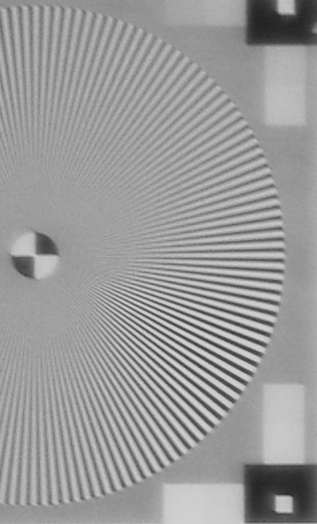 | 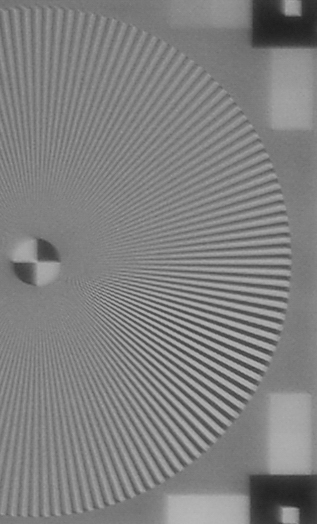 | 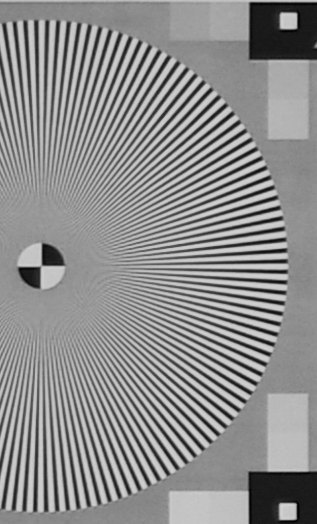 |
F2 | 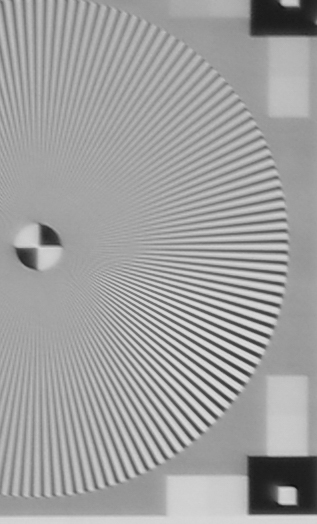 | 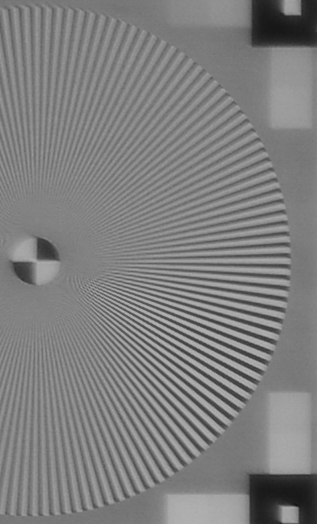 | 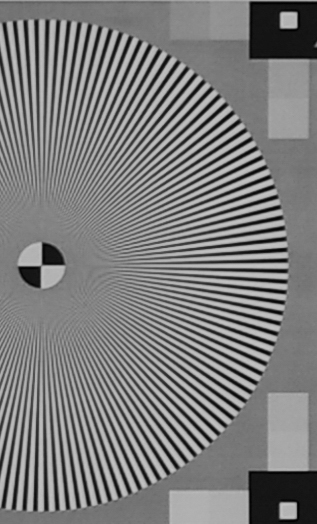 |
F2.8 | 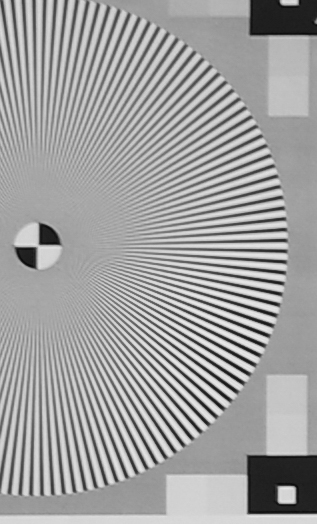 | 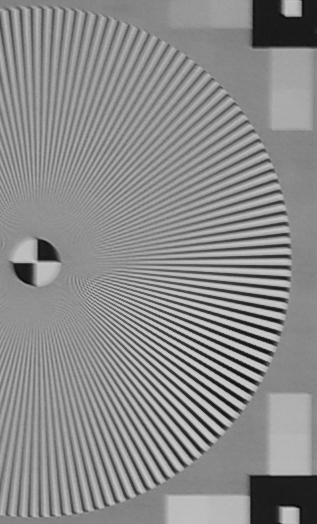 | 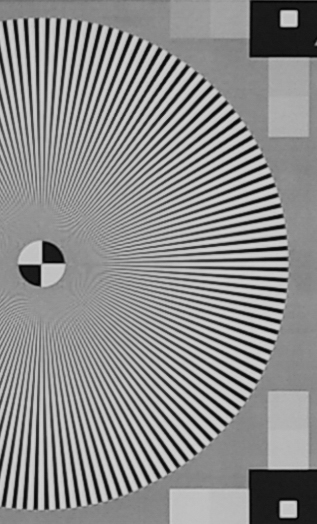 |
F4 | 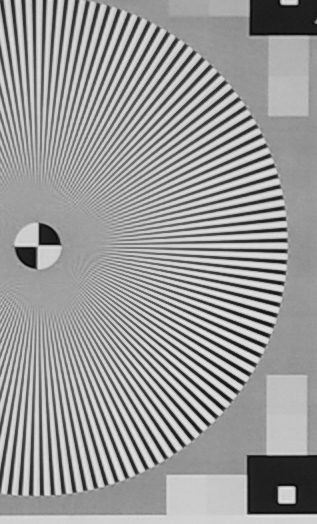 | 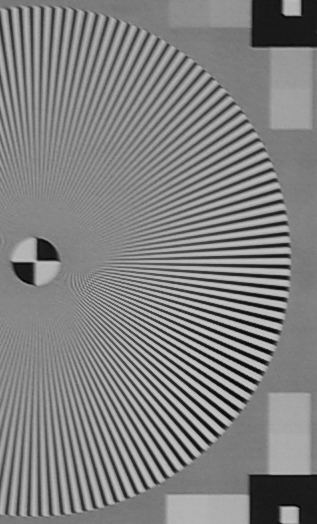 | 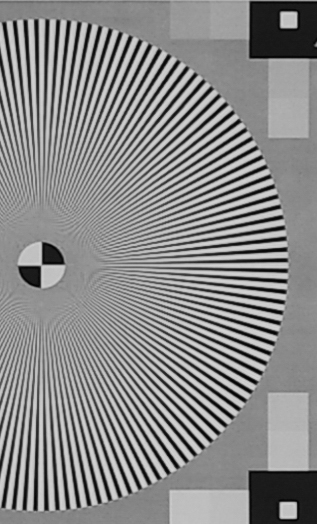 |
F5.6 | 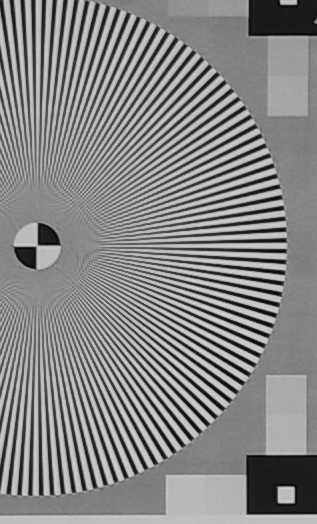 | 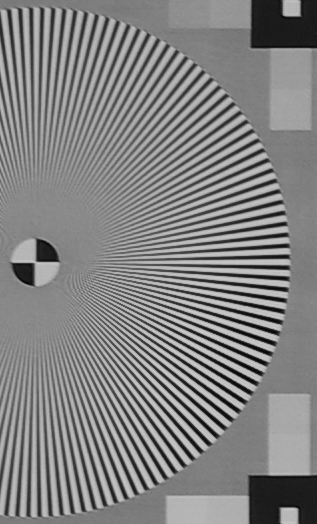 | 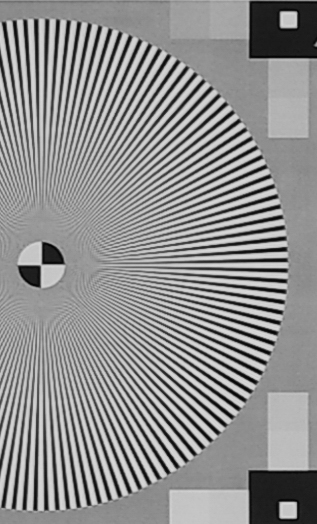 |
F8 | 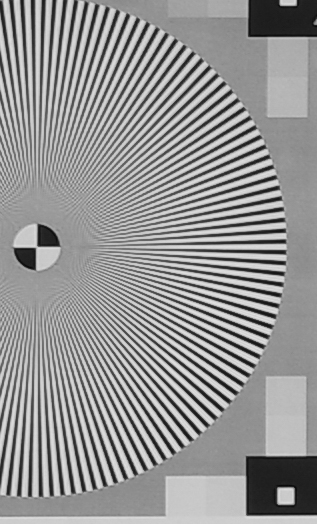 | 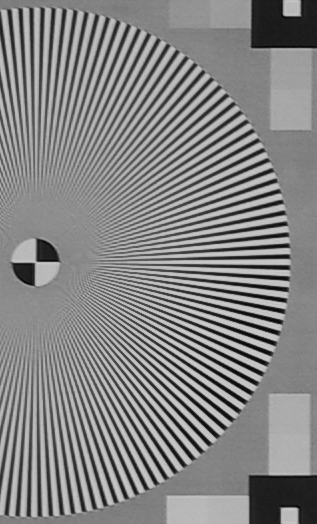 | 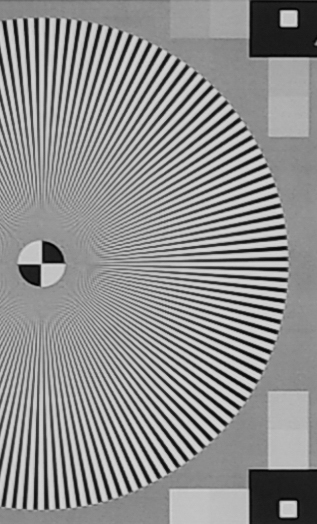 |
F11 | 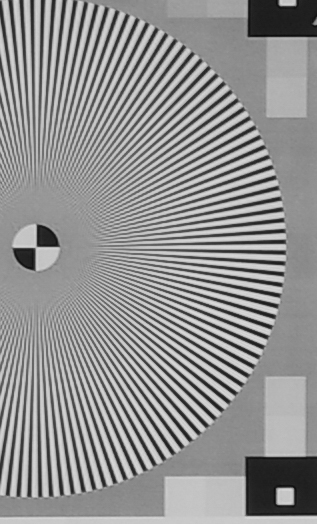 | 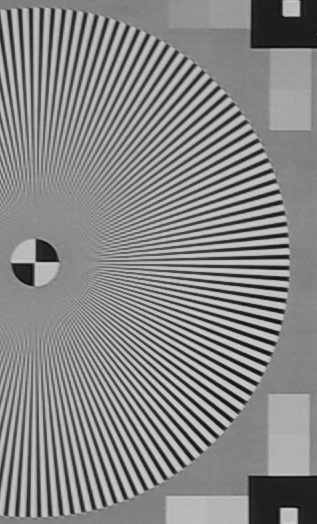 | 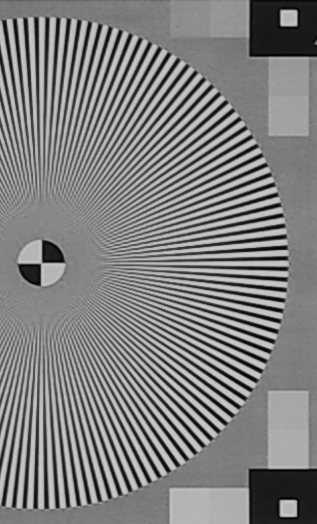 |
F16 |  | 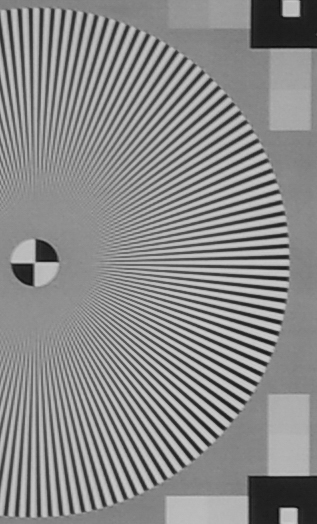 | 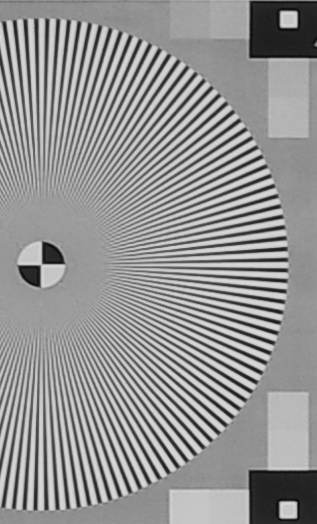 |
F22 | 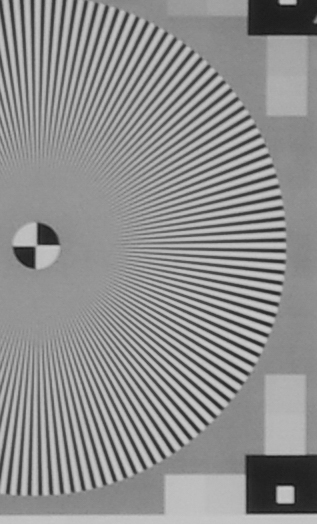 | 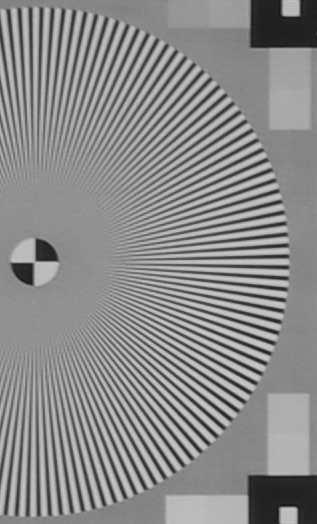 |
Corners are similar to edges, with a significant difference in favor of the D FA*. The M needs F4 to reach a good level, and the FA again struggles a bit more.
Test Results at 50mm on full frame
The following images showcase the results at all apertures on full frame. Focusing was performed by using focus peaking in live view. It was corrected after each lens movement. You can click on images to see full resolution crops.
Center
M 50mm | FA 50mm | D FA* 50mm | |
F1.4 | 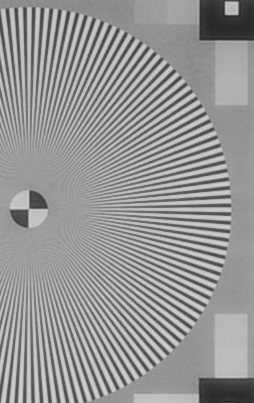 | 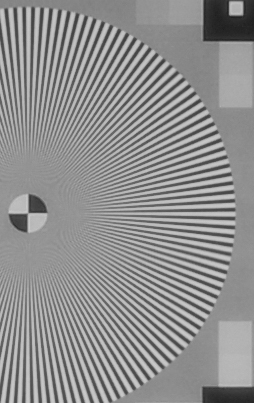 |  |
F2 | 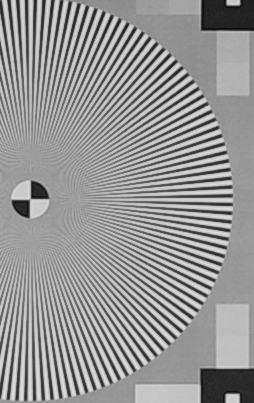 | 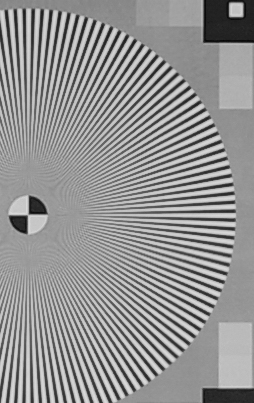 | 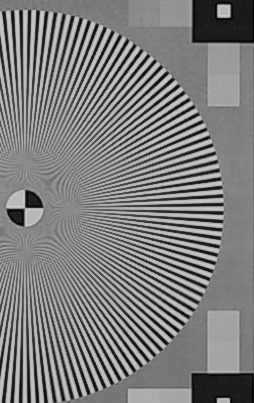 |
F2.8 | 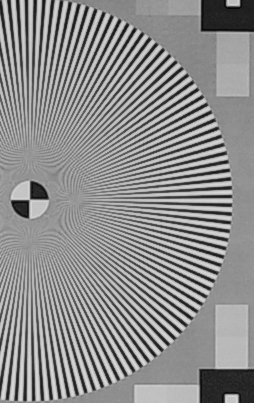 |  | 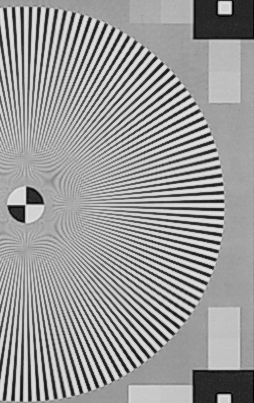 |
F4 | 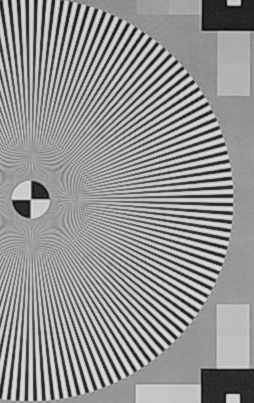 | 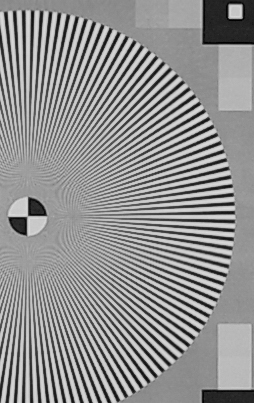 | 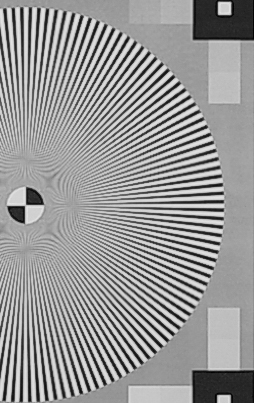 |
F5.6 | 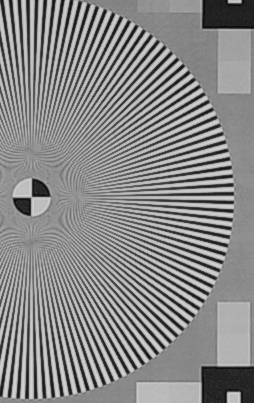 | 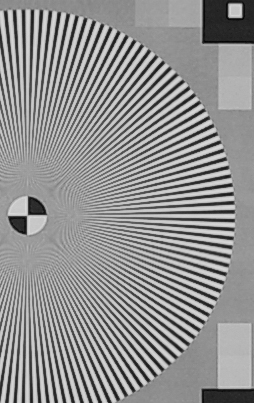 | 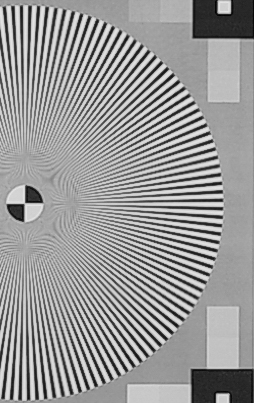 |
F8 | 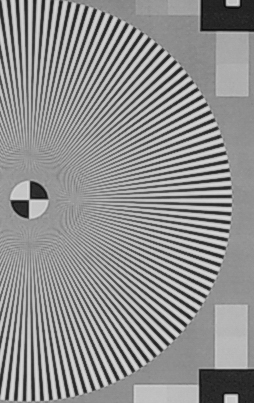 | 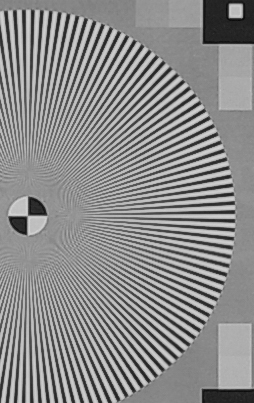 | 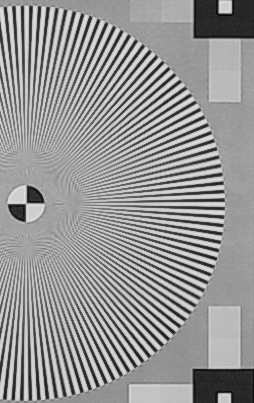 |
F11 | 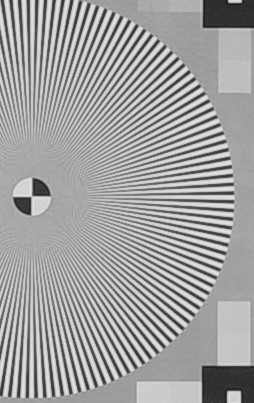 | 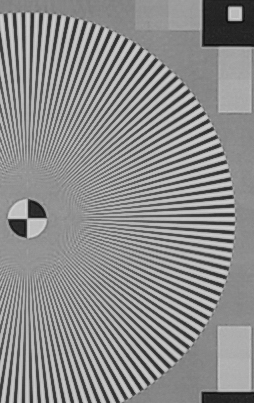 | 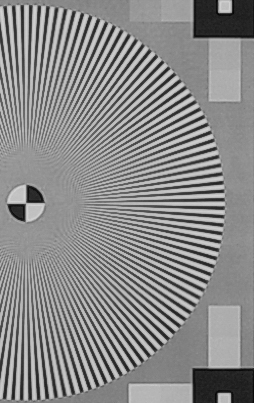 |
F16 | 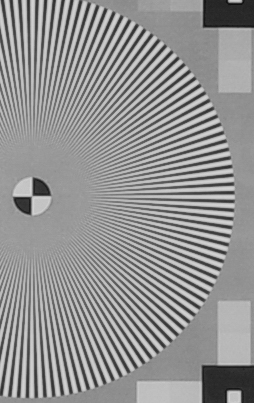 |  | 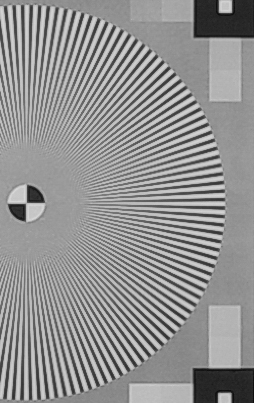 |
F22 | 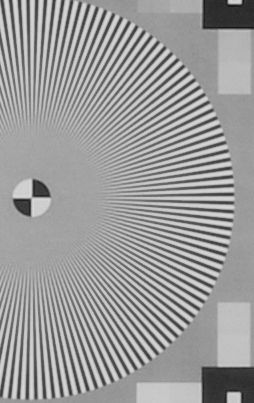 | 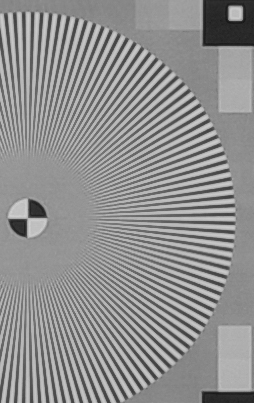 |
With the K-1's resolution, the M and FA lenses behave similarly. Both lag behind the D FA* until F2.8 where their contrast and sharpness improve visibly, bringing them closer to the newer lens. At F4, the FA is slightly better than the M and slightly worse than the D FA*. At F5.6 and beyond, differences between the three lenses are minimal. At F11, the progression is again visible from the M to the FA and the D FA*.
Edge
M 50mm | FA 50mm | D FA* 50mm | |
F1.4 | 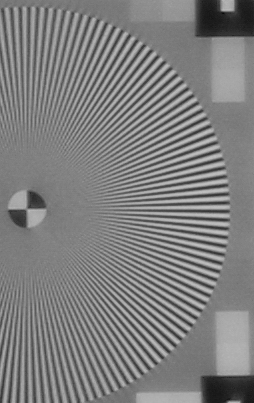 |  |  |
F2 | 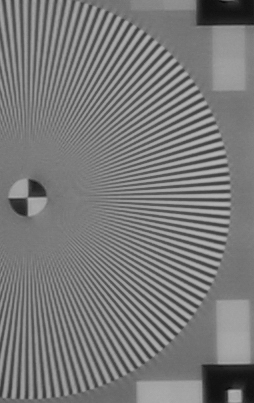 | 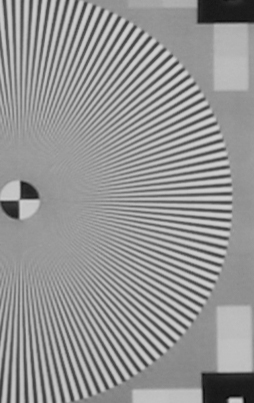 |  |
F2.8 | 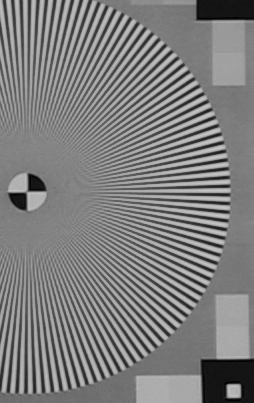 |  | 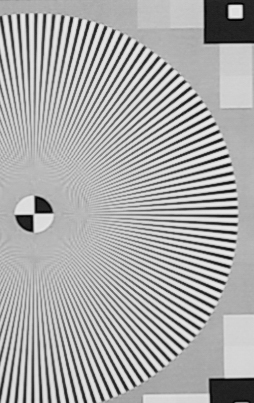 |
F4 | 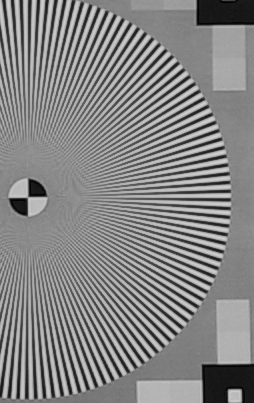 |  | 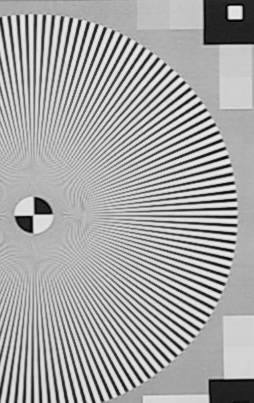 |
F5.6 | 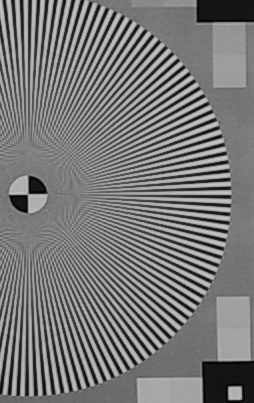 | 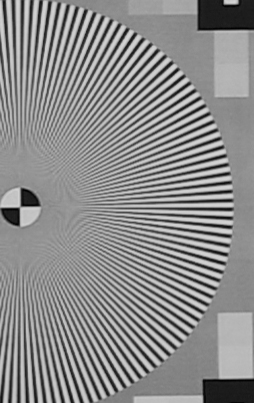 | 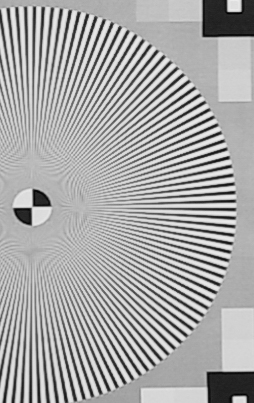 |
F8 |  | 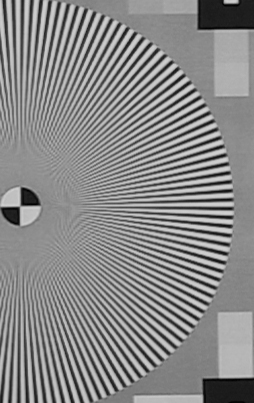 | 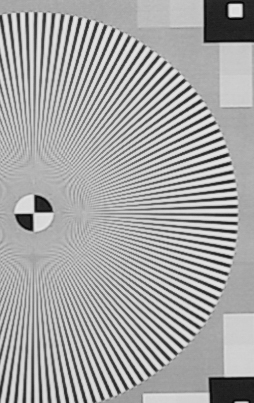 |
F11 |  | 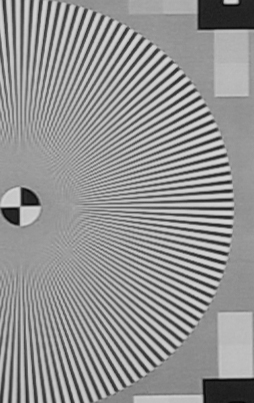 | 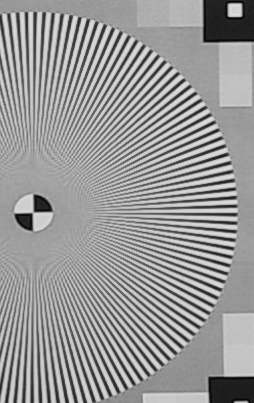 |
F16 | 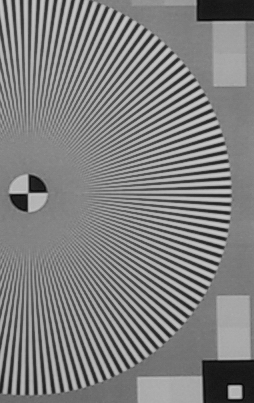 |  | 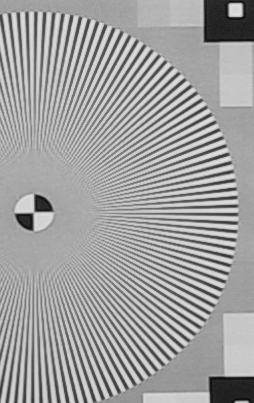 |
F22 | 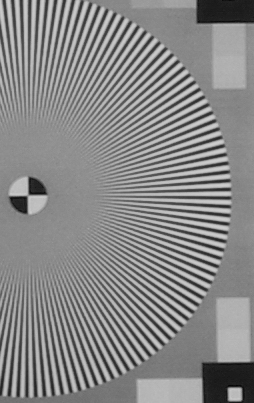 | 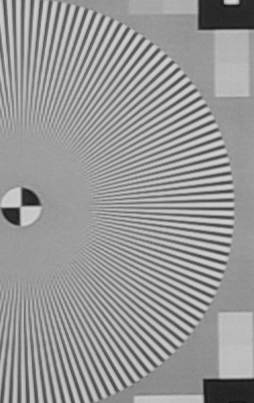 |
On the edges, until F5.6, the M is always below the FA, which is always below the D FA*. At F8 and F11, the three lenses are mostly similar. F16 and F22 should again be avoided.
Corner
M 50mm | FA 50mm | D FA* 50mm | |
F1.4 | 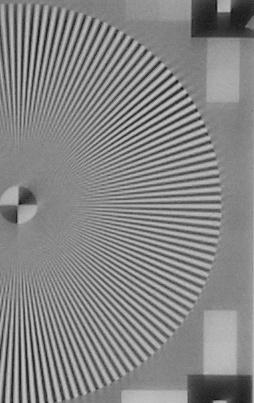 | 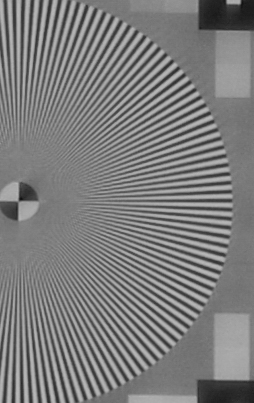 | 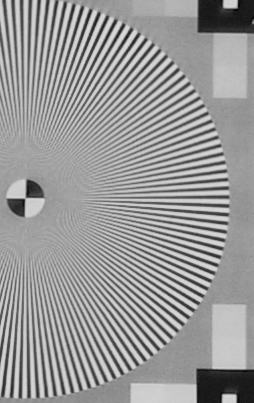 |
F2 | 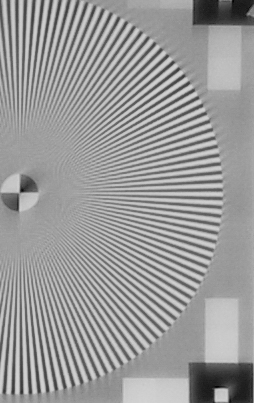 |  | 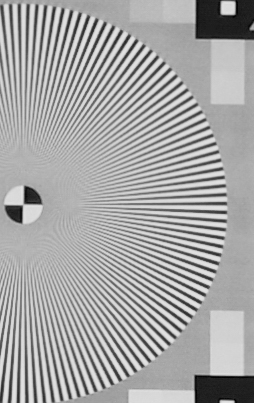 |
F2.8 | 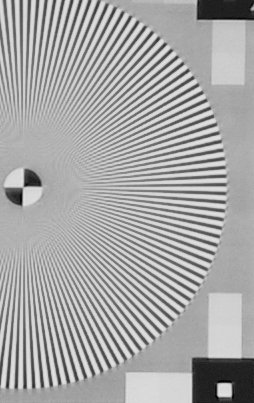 | 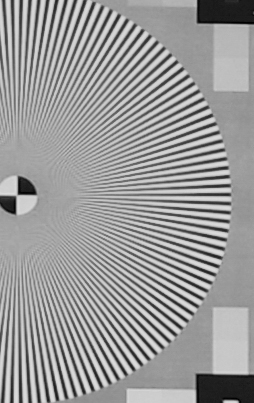 | 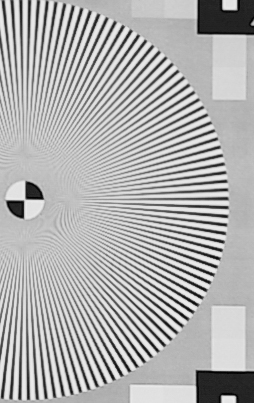 |
F4 | 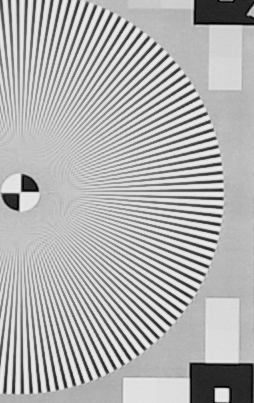 | 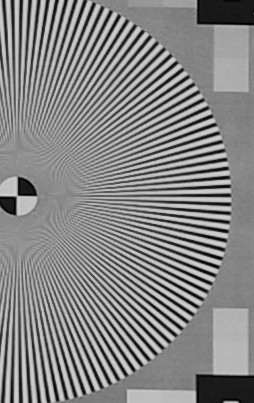 | 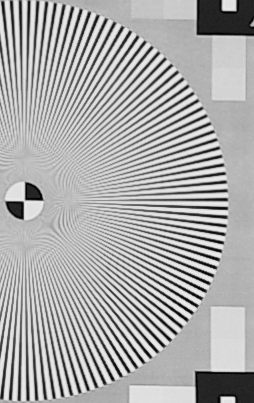 |
F5.6 | 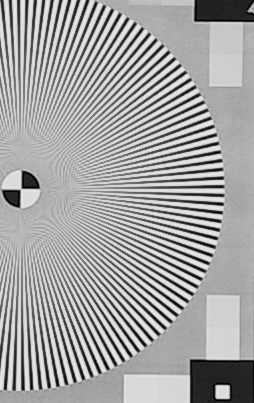 |  | 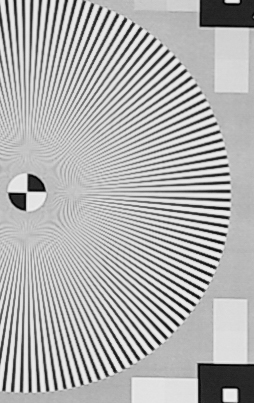 |
F8 | 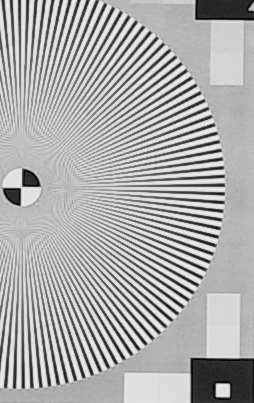 | 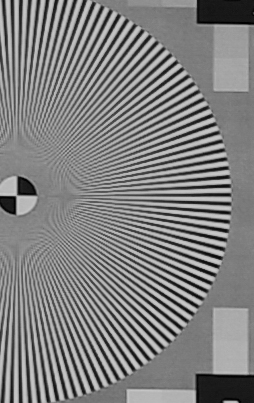 | 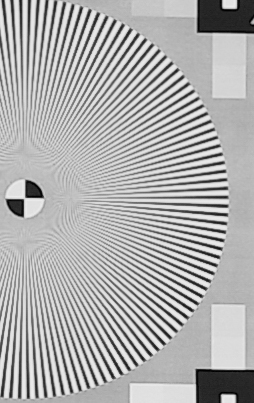 |
F11 | 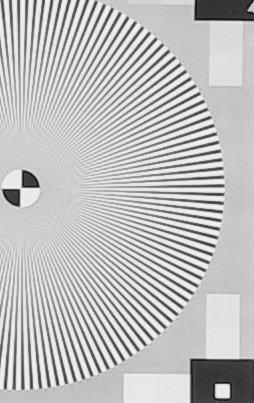 | 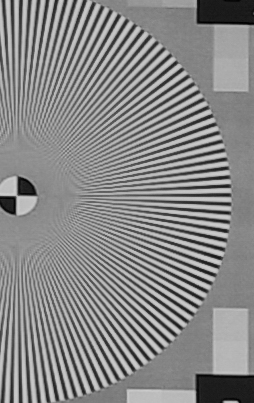 | 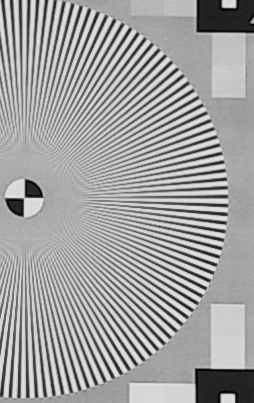 |
F16 | 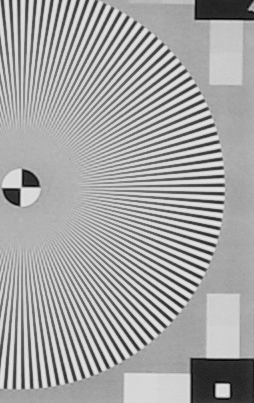 |  | 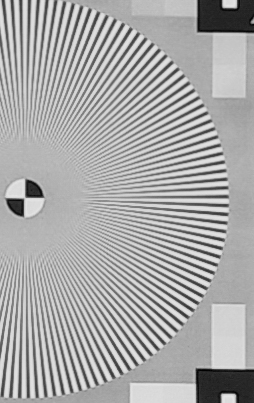 |
F22 | 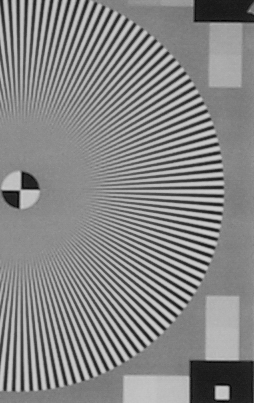 | 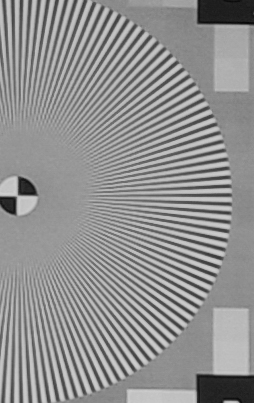 |
On the corners, the M visibly lags behind. At F2.8 the FA comes close to the D FA*, which produces good results even wide open. Between F5.6 and F11, the lenses are close, with the D FA* pulling ahead again.
Real-life test
Test charts never tell the whole story. The following images illustrate the performance of the lens with a real-life test subject with a lot of detail. We used a close distance to differentiate with the star chart tests, which are performed at a significant range. We moved our camera to place the subject in the center, the edge and then corner, refocusing between each shot.
Test Results at 50mm on full frame
The following images showcase the results at all apertures on full frame. Focusing was performed by using focus peaking in live view. It was corrected after each lens movement. You can click on images to see full resolution crops.
Center
M 50mm | FA 50mm | D FA* 50mm | |
F1.4 | 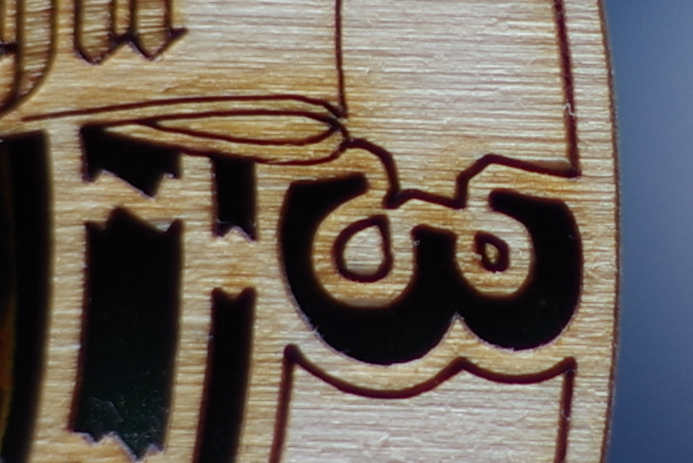 | 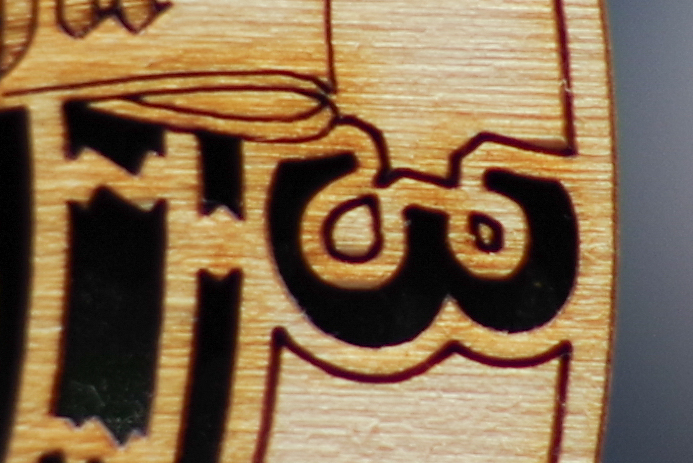 |  |
F2 | 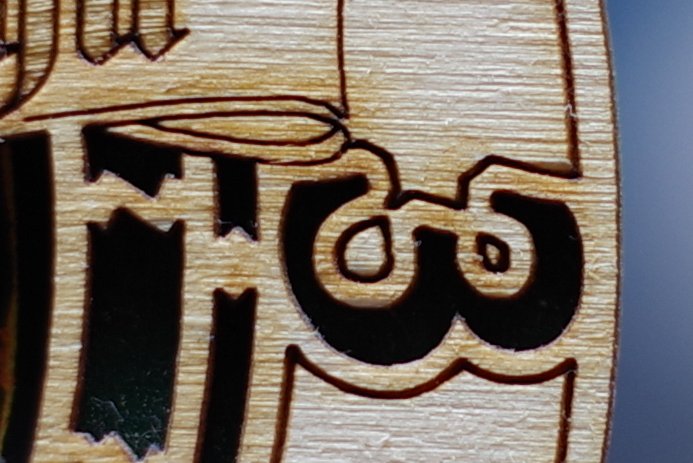 | 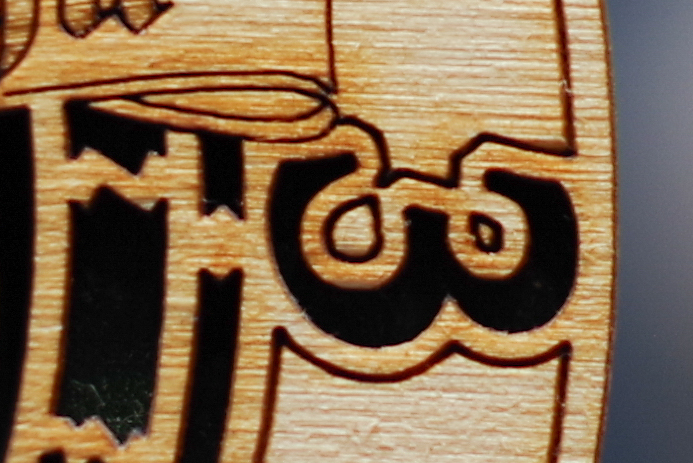 | 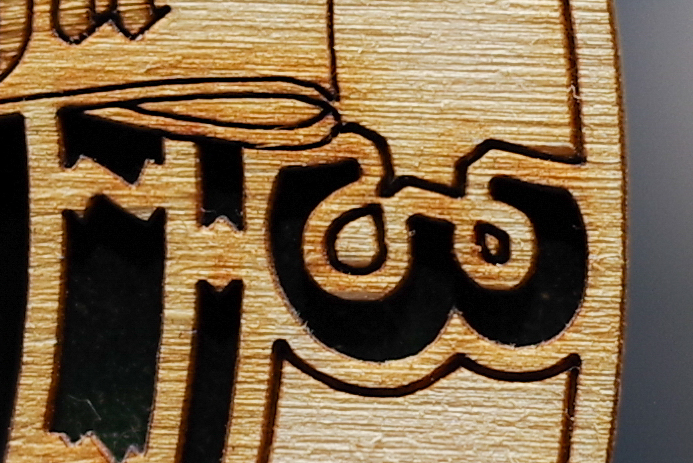 |
F2.8 | 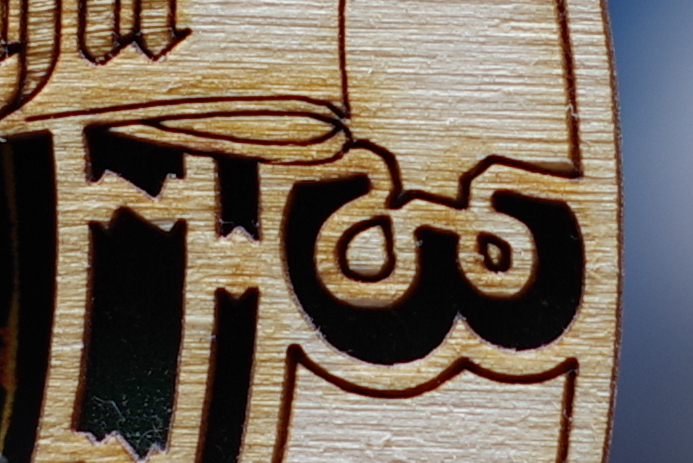 | 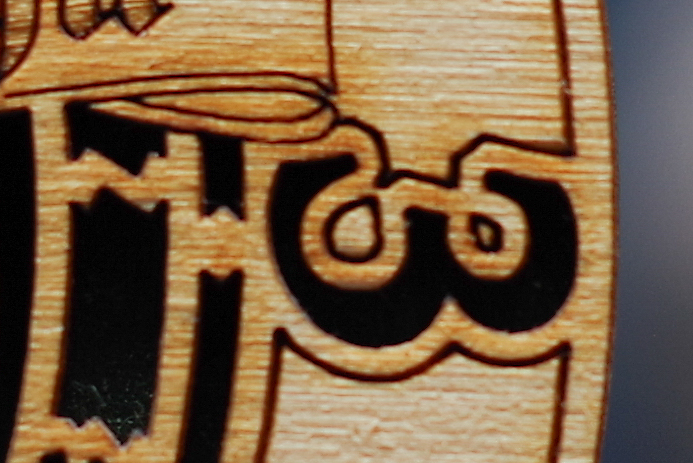 | 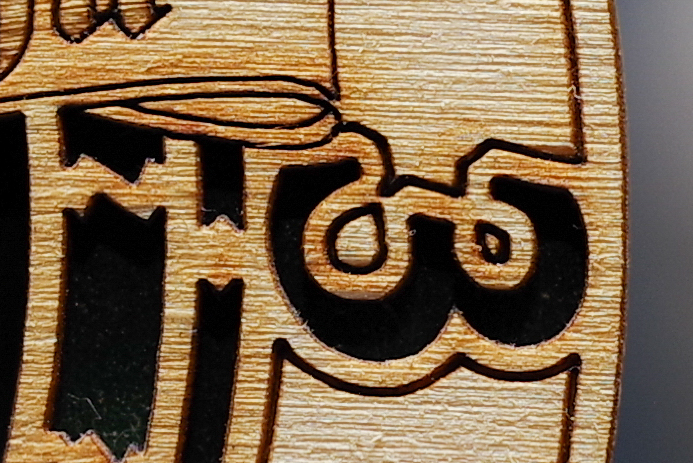 |
F4 |  | 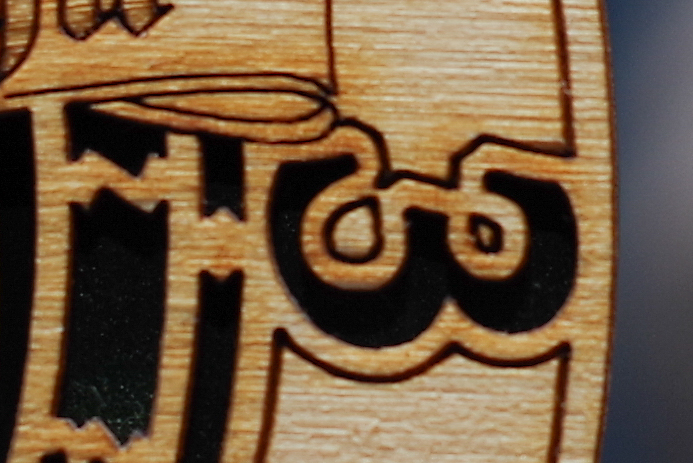 | 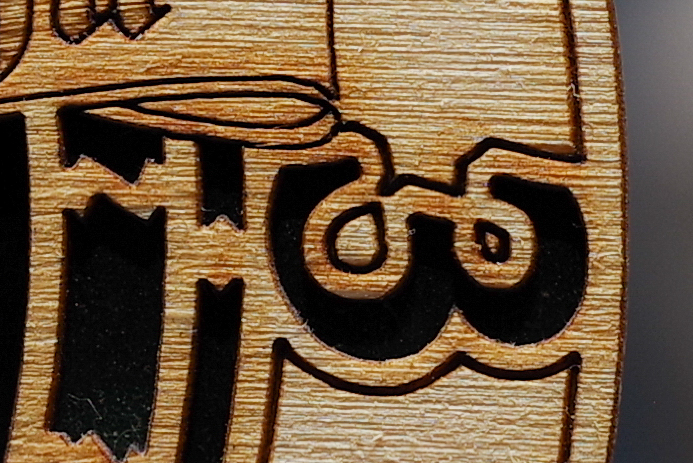 |
F5.6 | 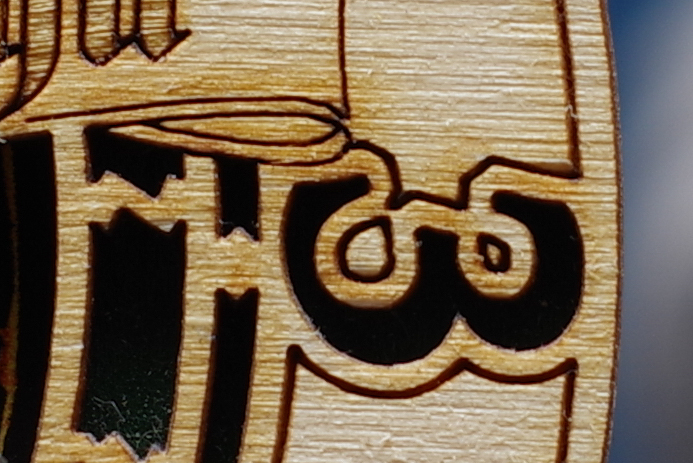 | 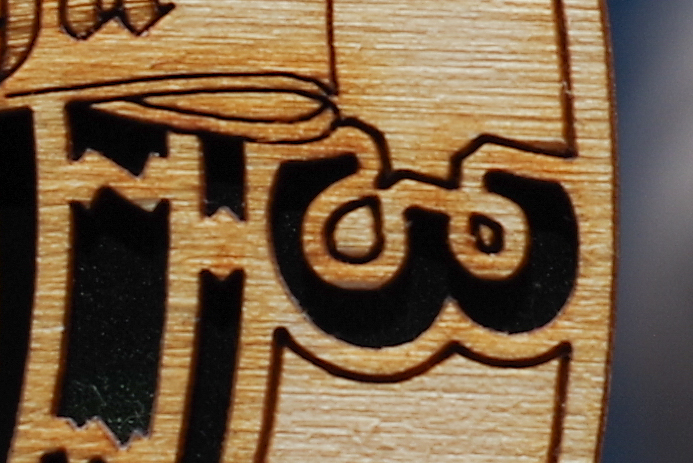 | 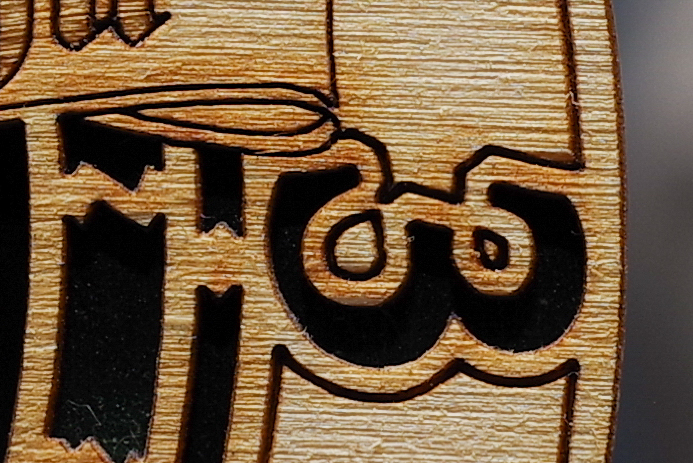 |
F8 | 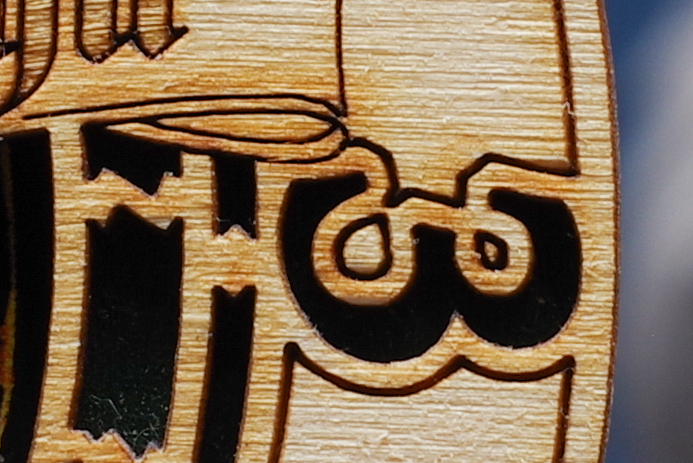 | 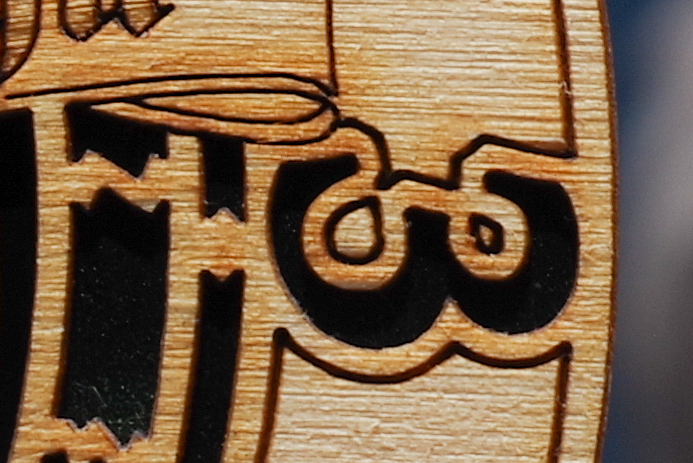 | 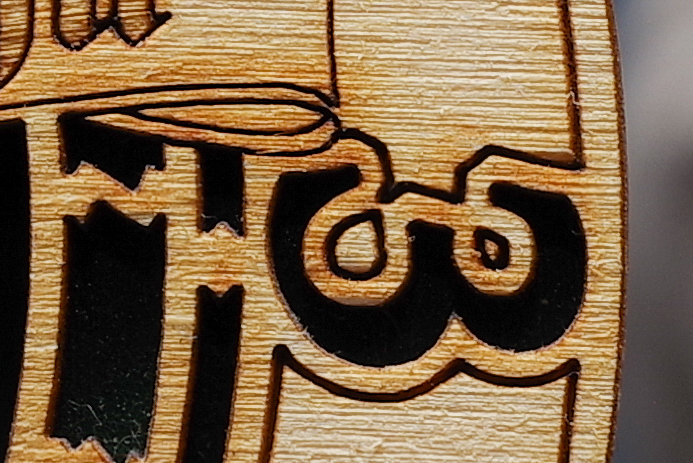 |
F11 | 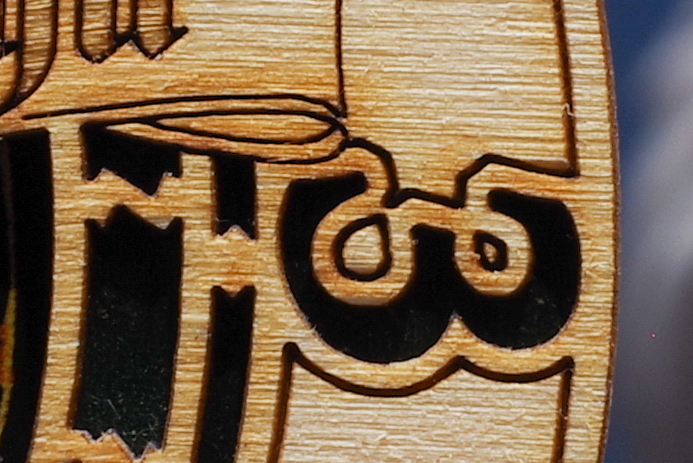 | 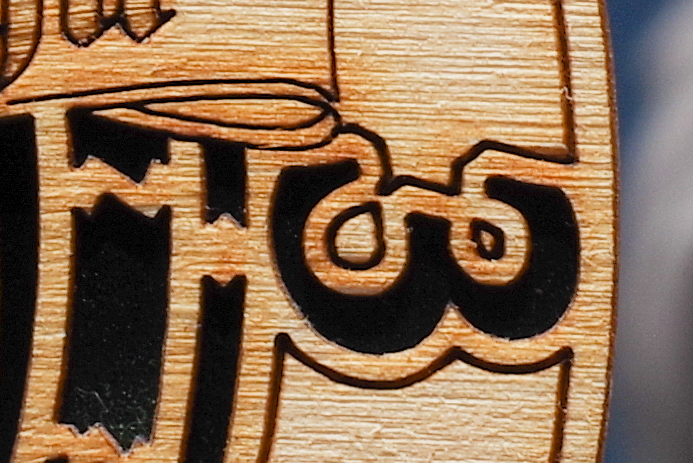 | 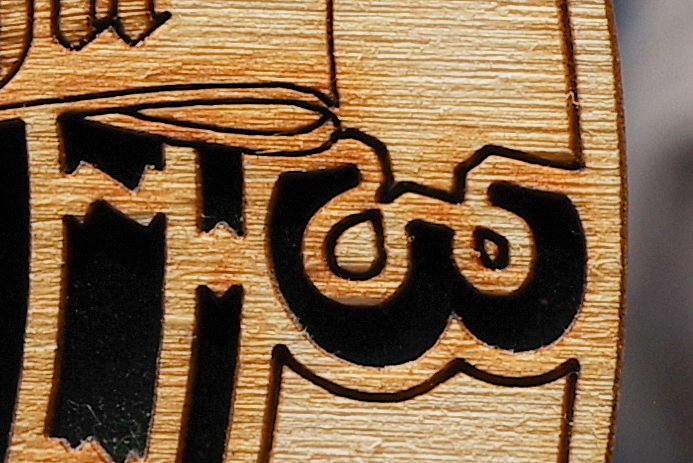 |
F16 | 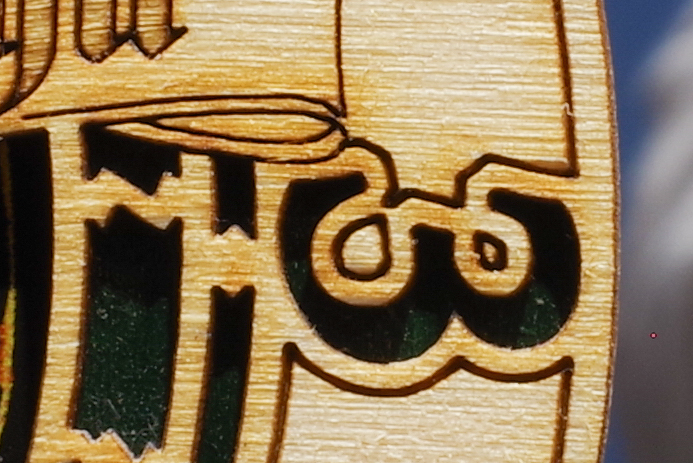 | 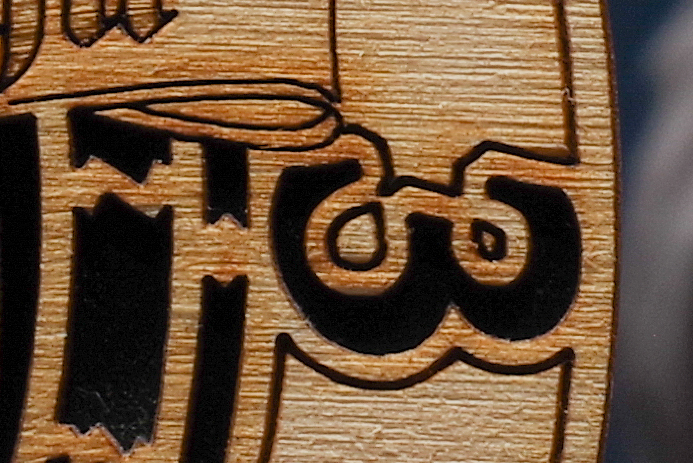 |  |
F22 | 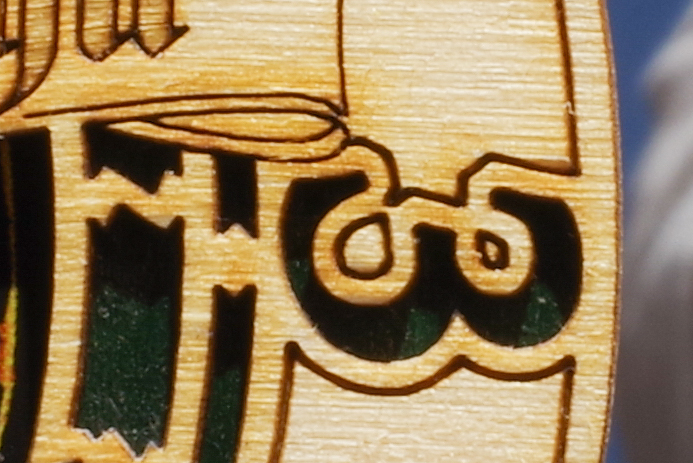 | 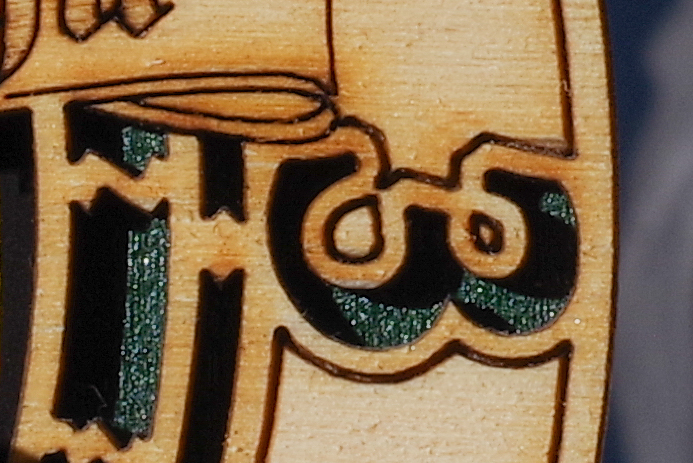 |
The lack of contrast of the M lens is visible when comparing the thumbnails, especially at wide apertures. The FA and D FA* are much closer in this regard. Sharpness strongly favors the newer lens at all aperture values. The difference is dramatic at wider apertures.
Edge
M 50mm | FA 50mm | D FA* 50mm | |
F1.4 | 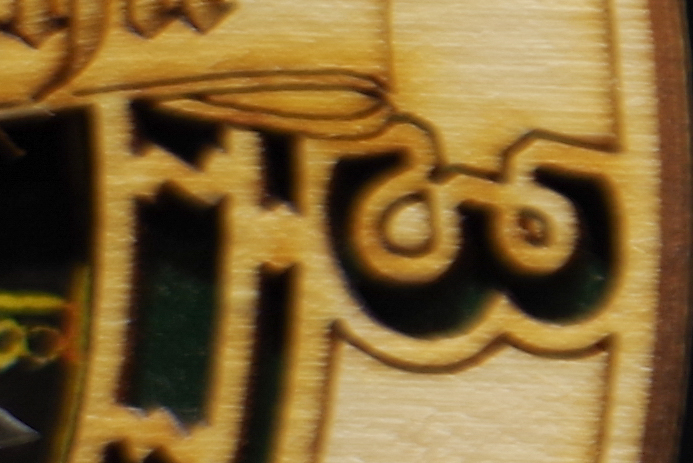 | 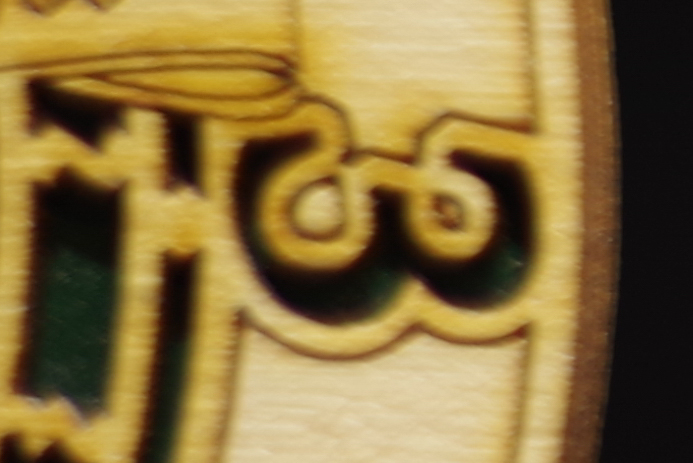 | 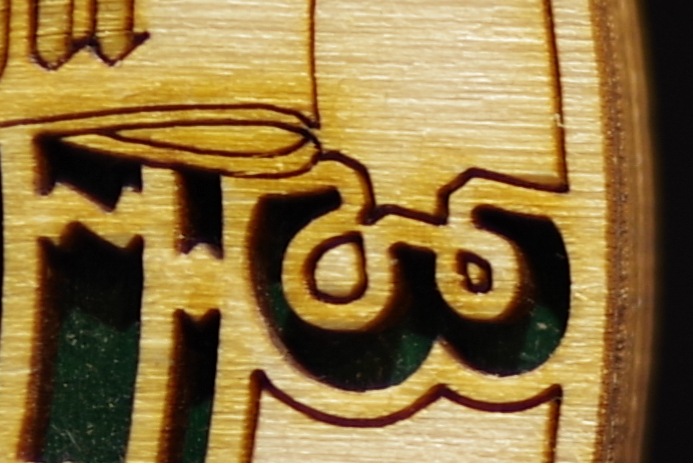 |
F2 | 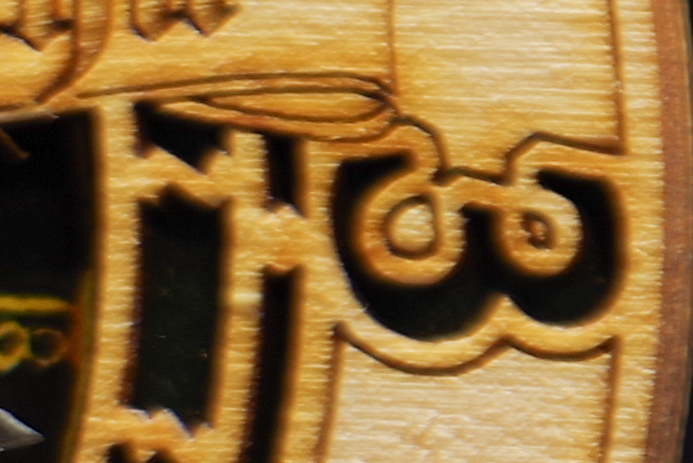 | 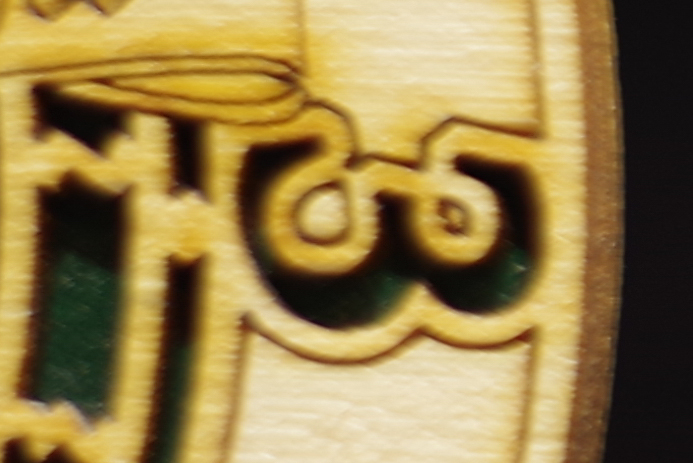 | 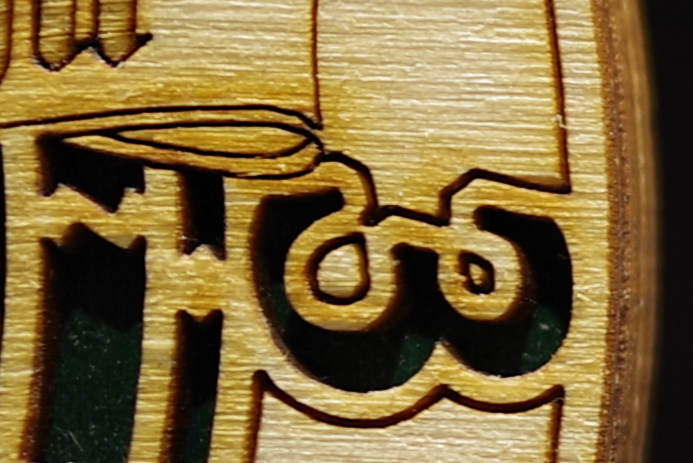 |
F2.8 | 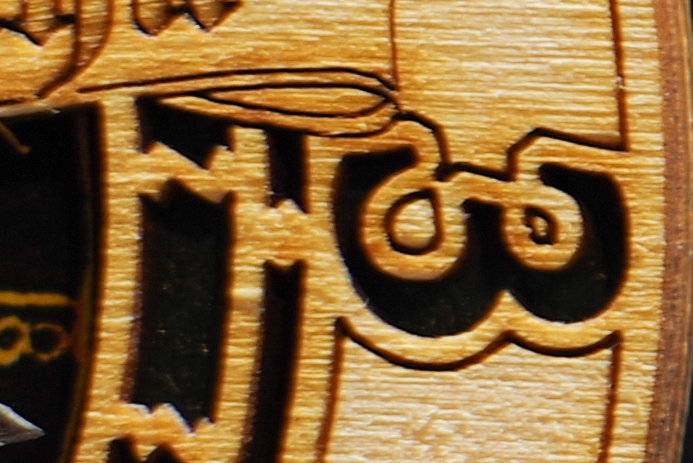 | 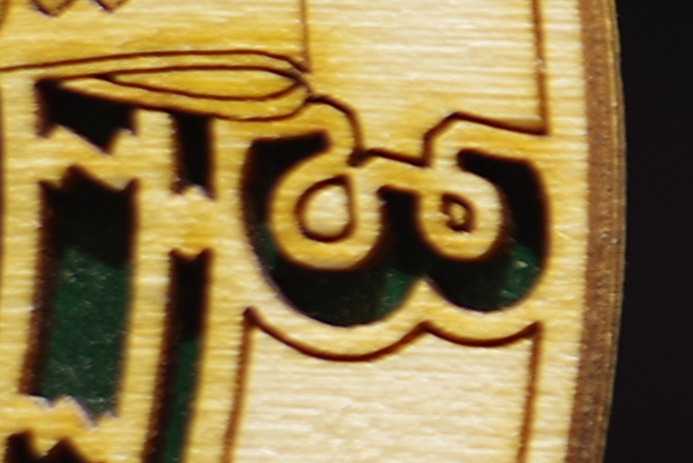 | 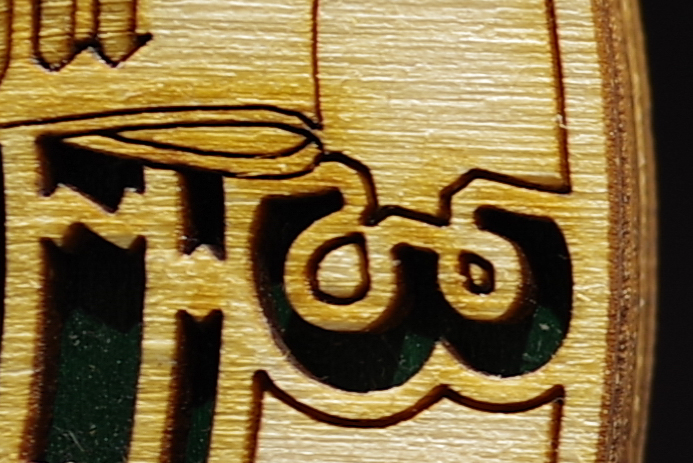 |
F4 | 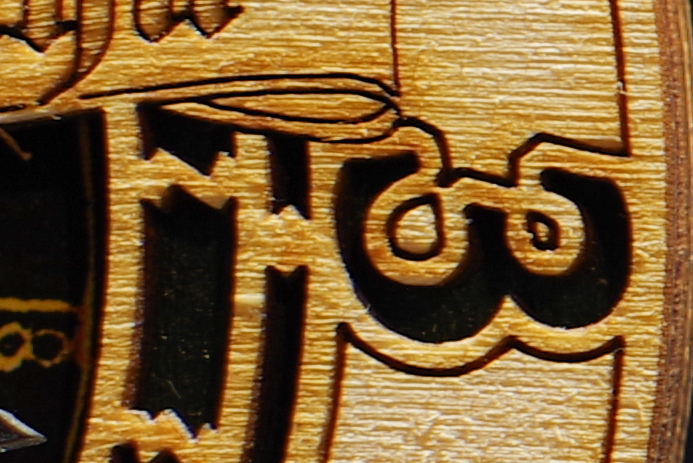 | 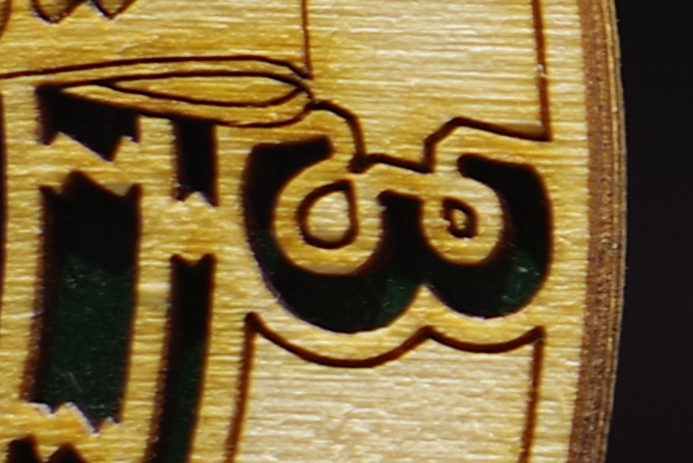 | 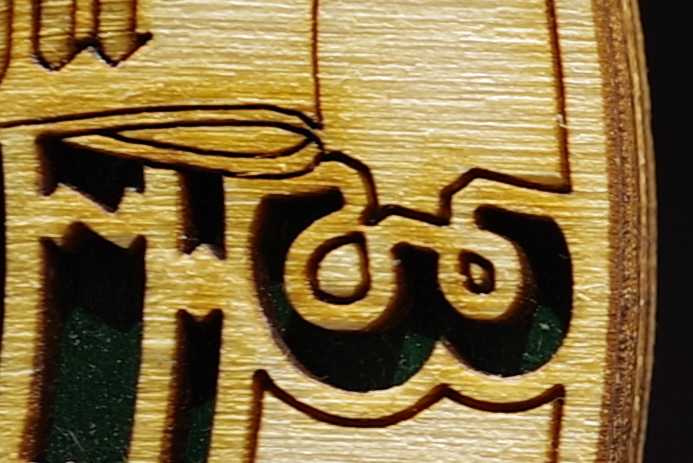 |
F5.6 | 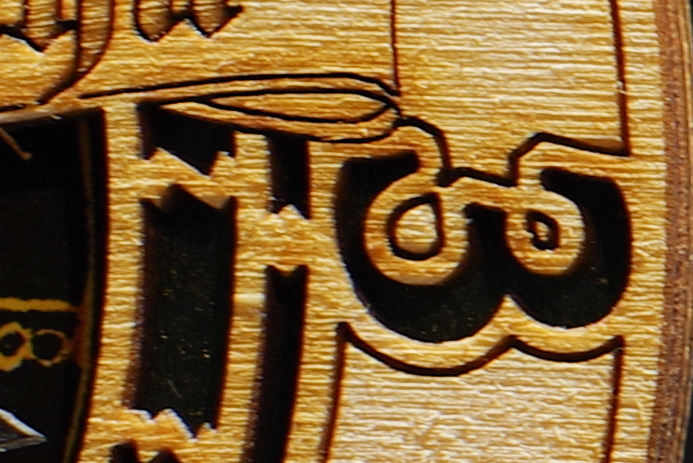 |  |  |
F8 | 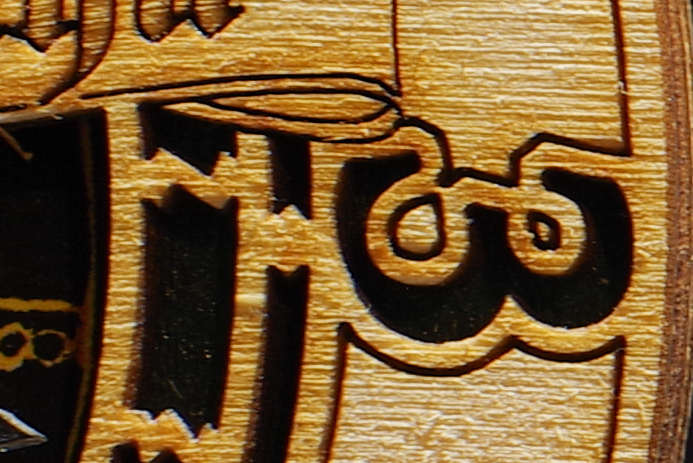 | 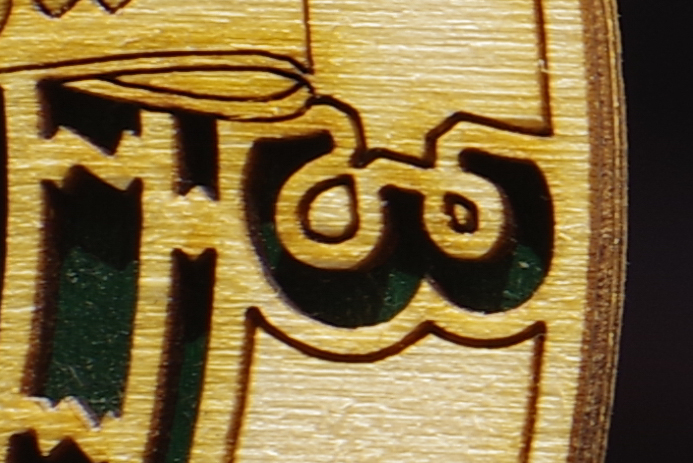 | 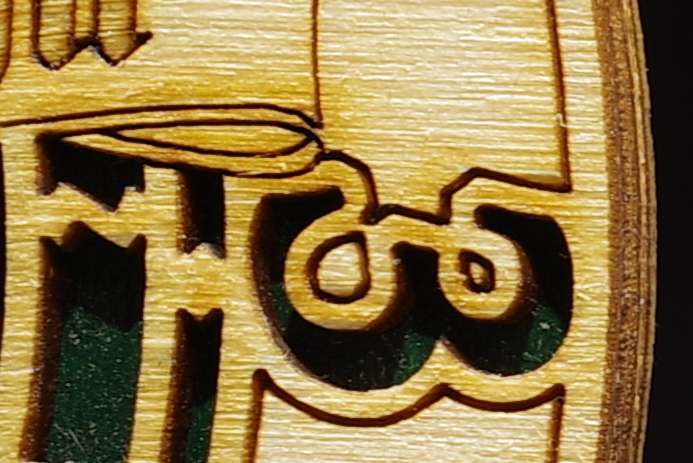 |
F11 | 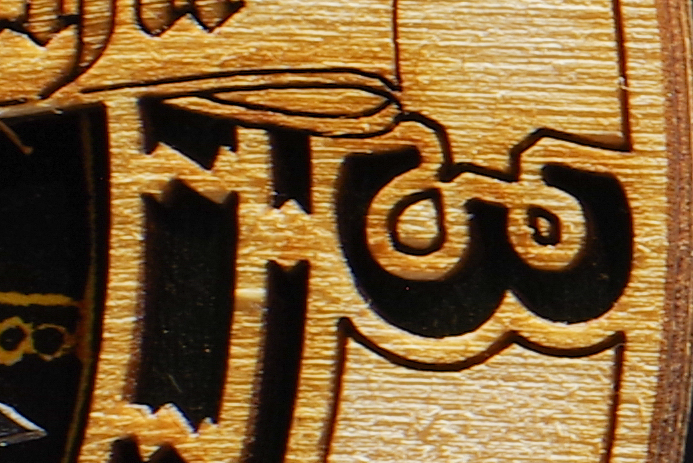 | 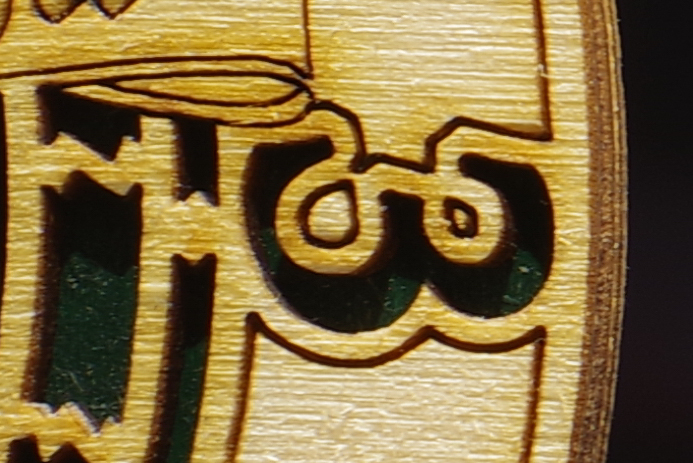 | 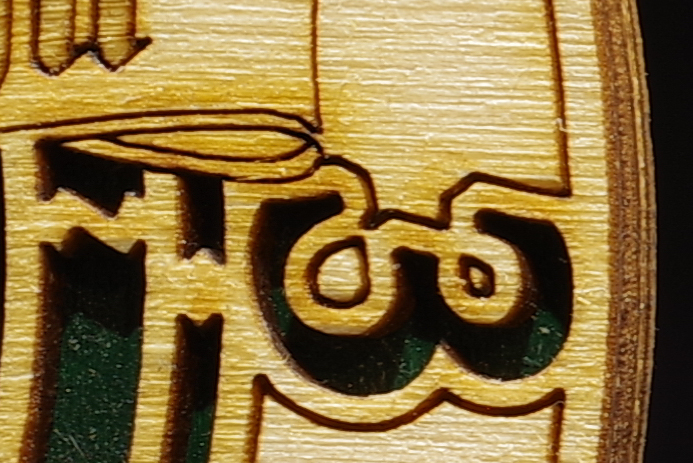 |
F16 |  | 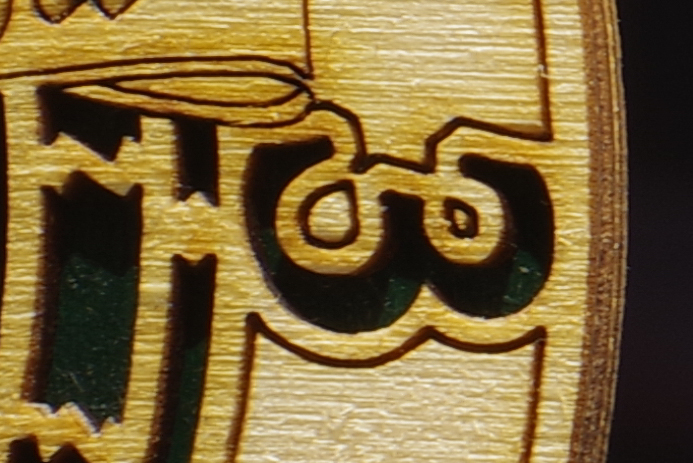 | 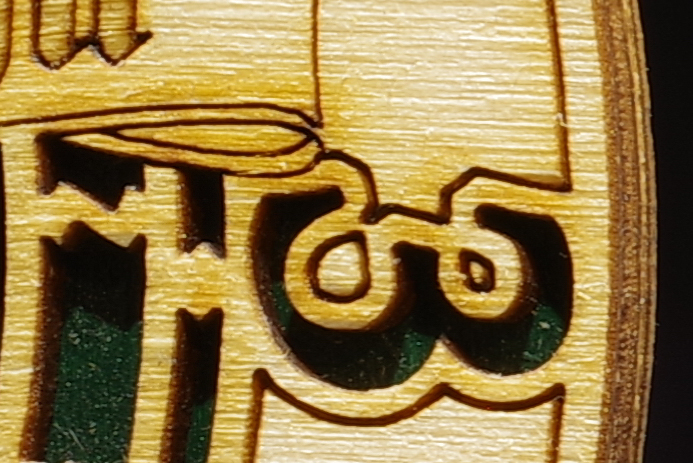 |
F22 | 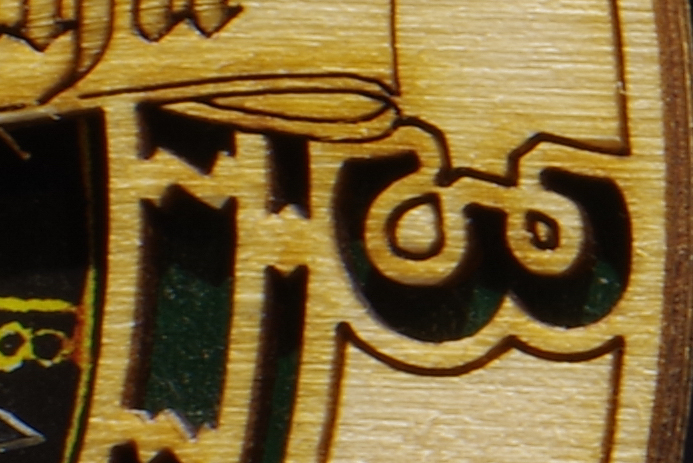 | 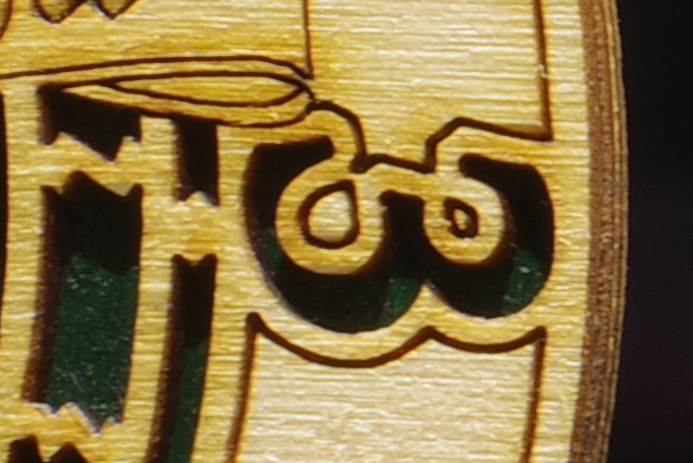 |
The previous observations still hold. The D FA* is ahead of its two siblings at all settings. The M and FA come closer at medium apertures, and their sharpness decreases faster at smaller values.
Corner
M 50mm | FA 50mm | D FA* 50mm | |
F1.4 | 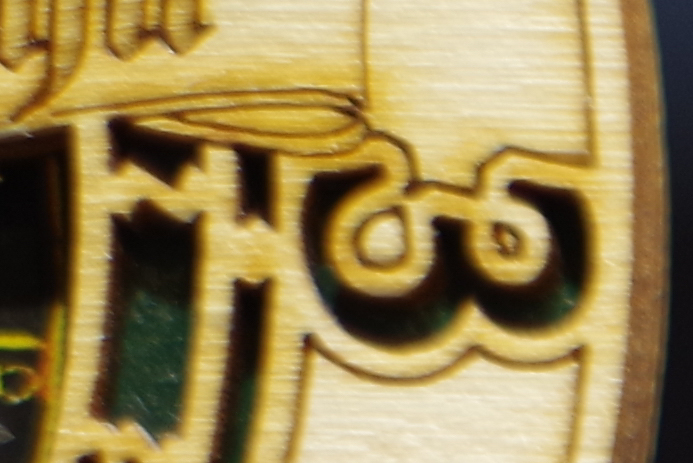 |  |  |
F2 | 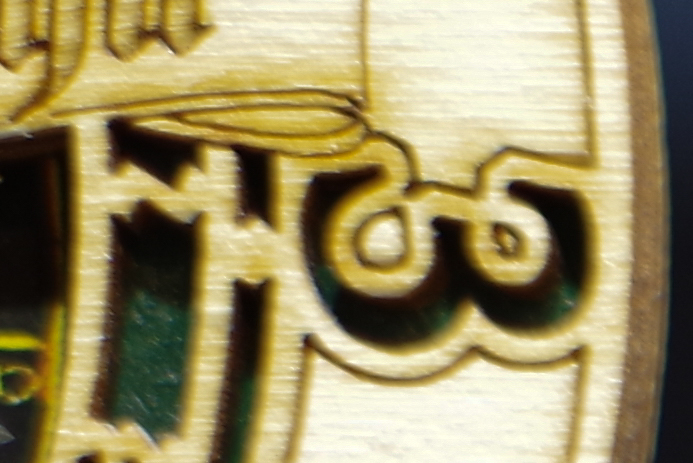 | 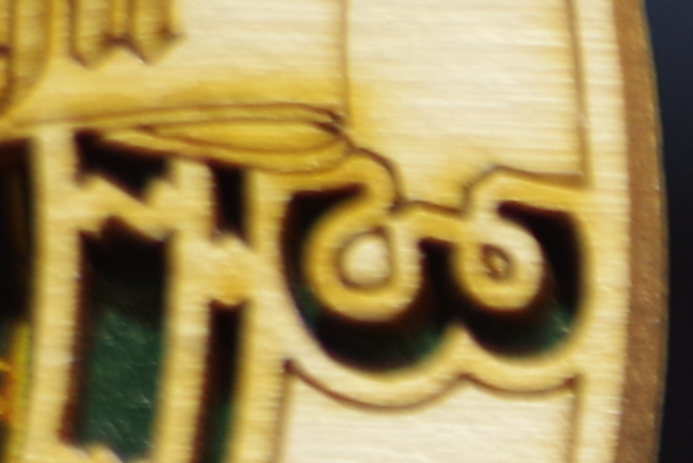 | 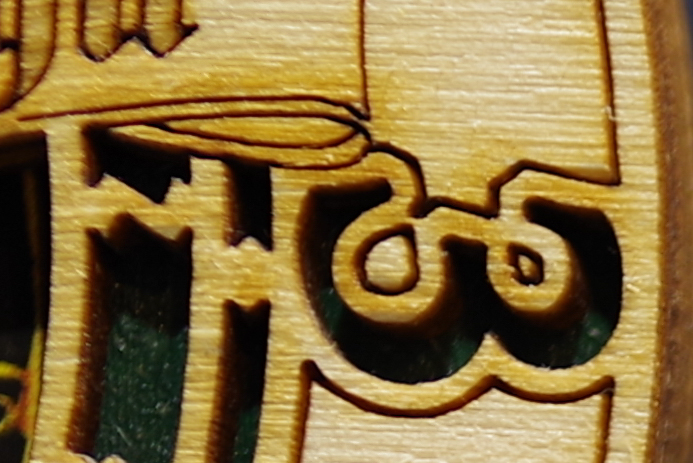 |
F2.8 | 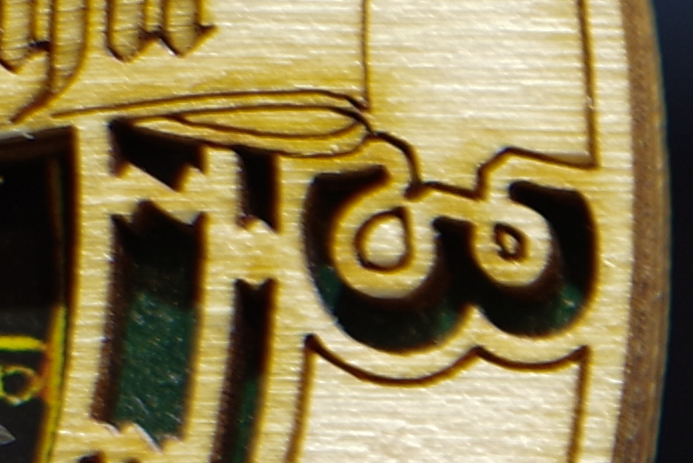 |  | 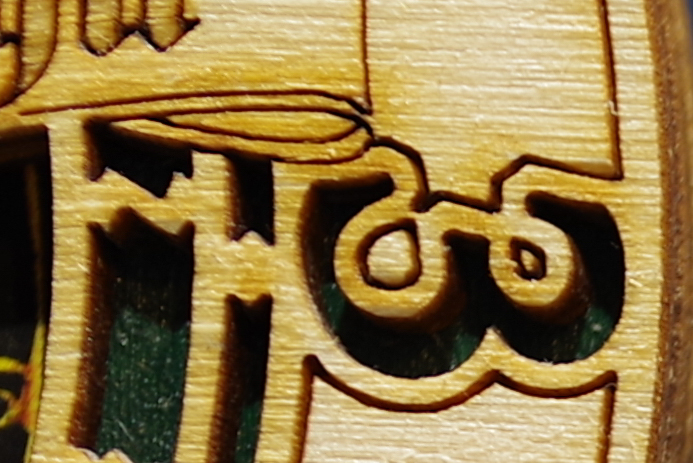 |
F4 | 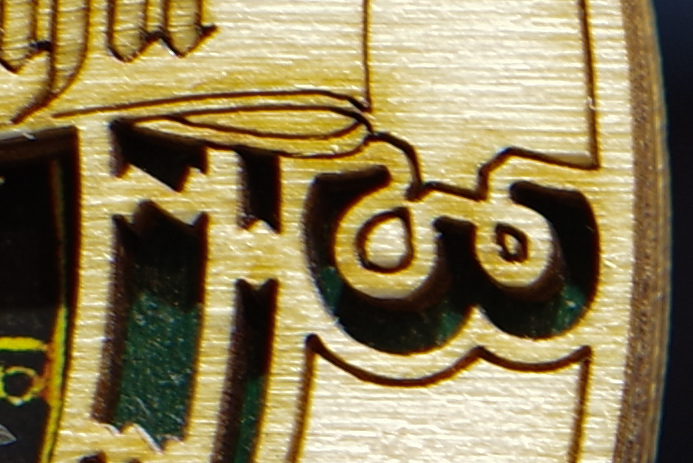 | 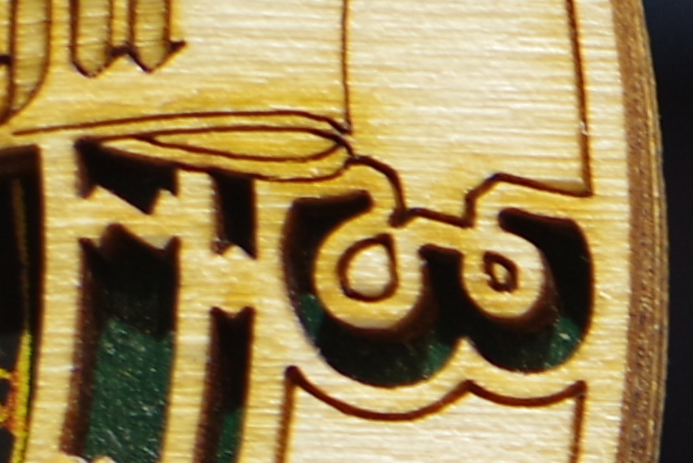 | 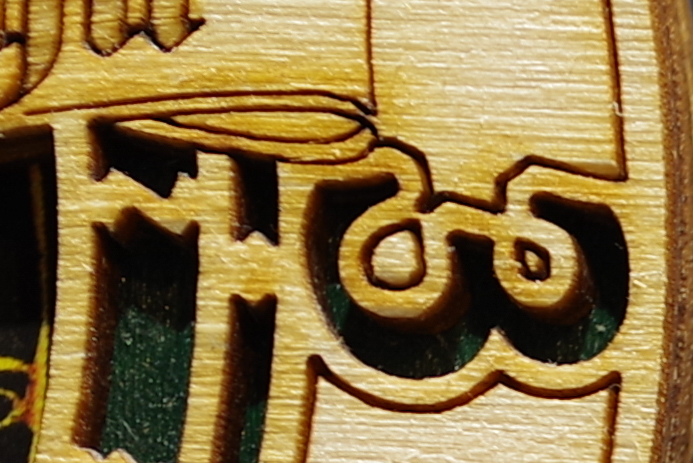 |
F5.6 | 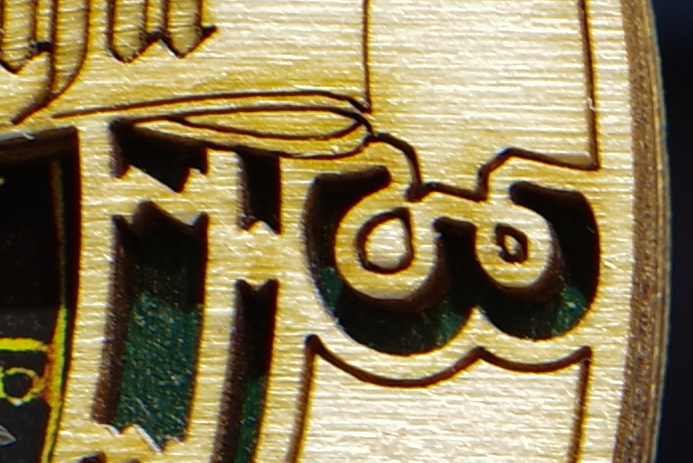 | 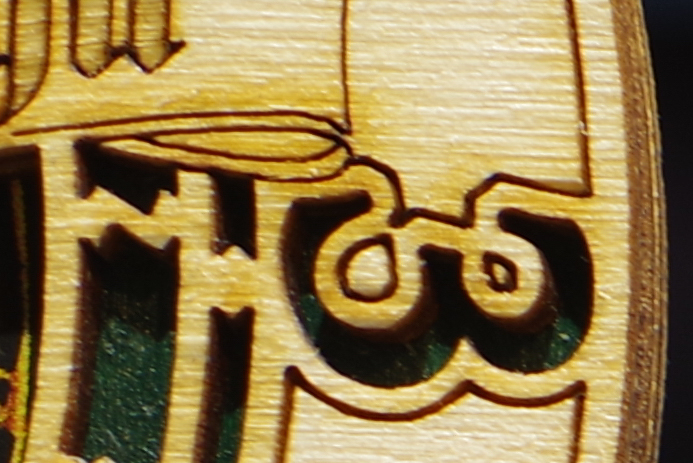 | 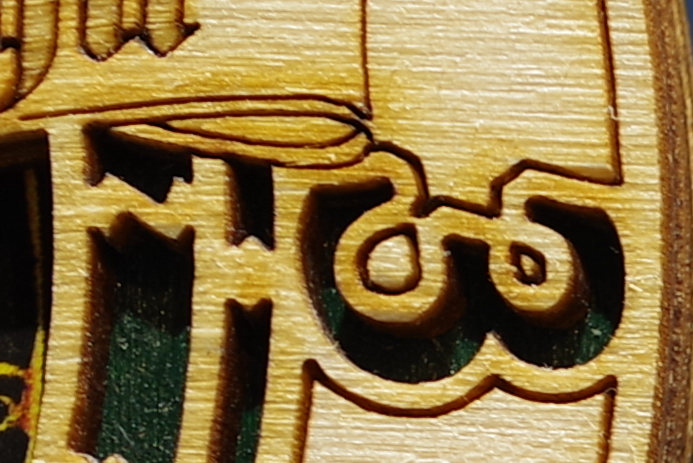 |
F8 | 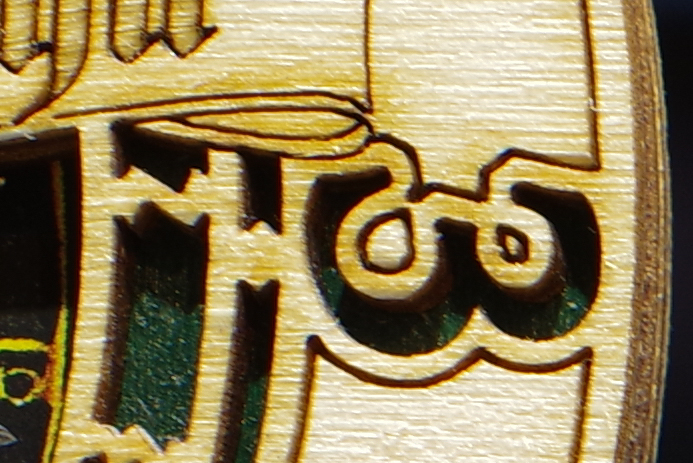 |  | 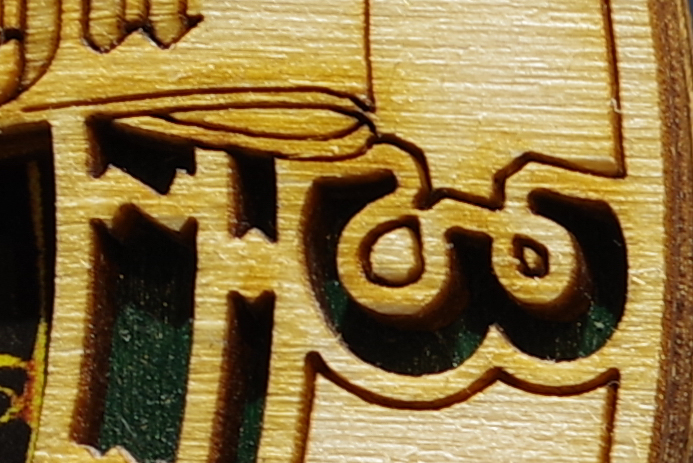 |
F11 | 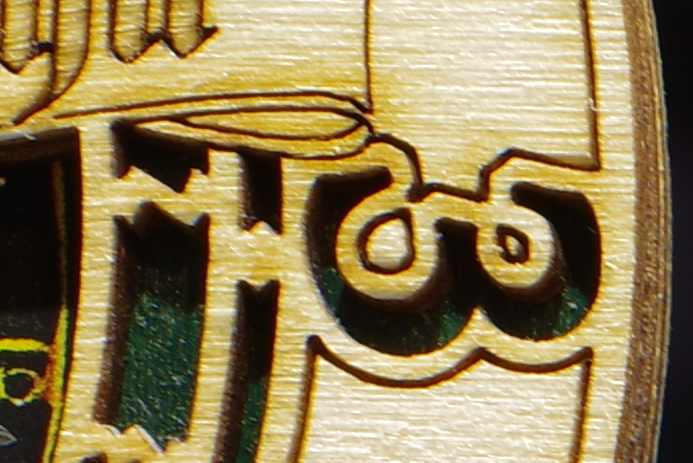 | 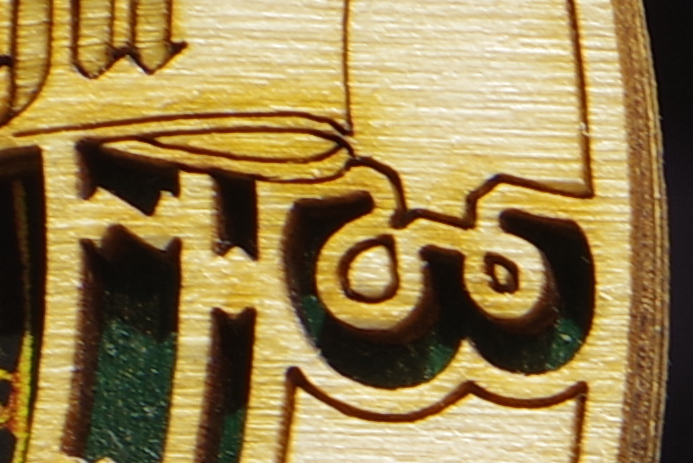 | 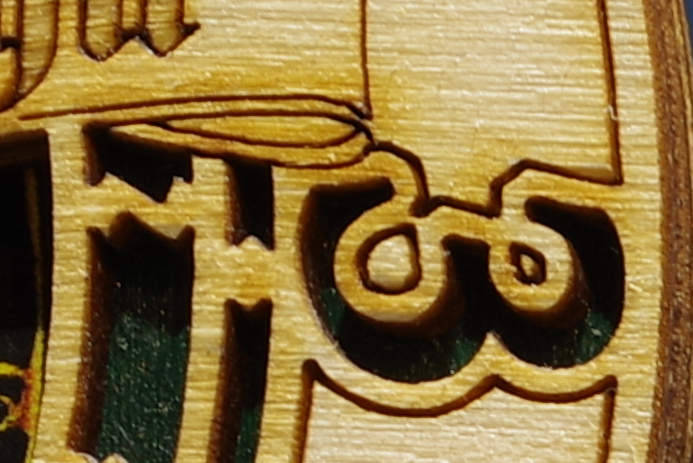 |
F16 | 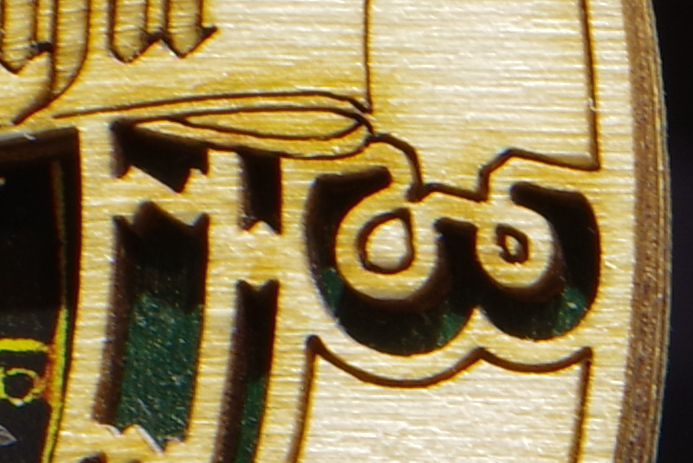 | 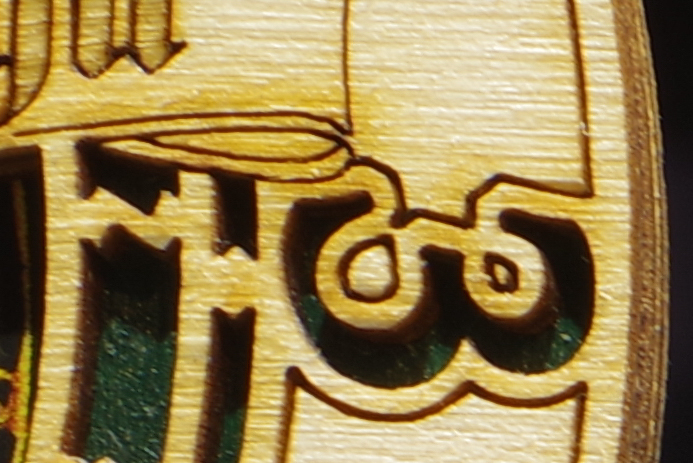 | 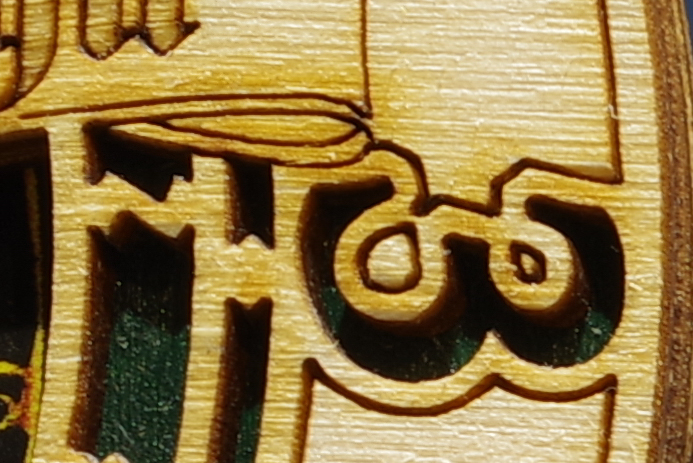 |
F22 | 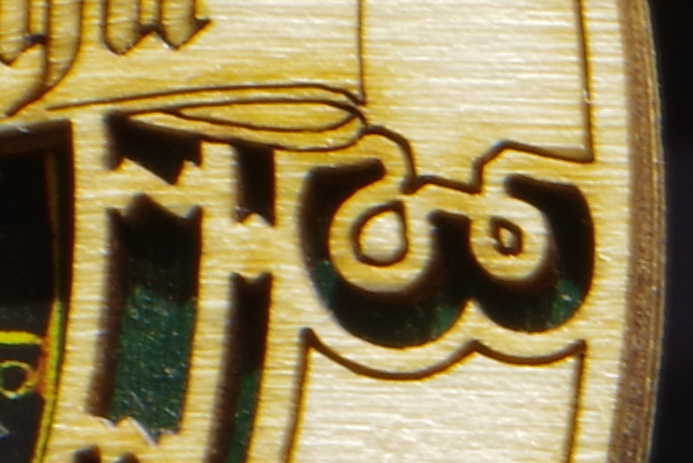 |  |
Again, looking at the corners show how much better the D FA* is when compared to the two older lenses. The M and FA are harder to tell apart but never come close to the new lens' resolution figures.
Summary
The comparison above is interesting in many ways. First, it shows just how much the modern D FA* improves on its predecessors. Sharpness is in another class at wider apertures, but contrast is also vastly improved.
The comparison also shows that, at medium aperture values, the M and FA 50mm lenses can hold their own and mostly compare with the D FA*, no small feat. Users who want a 50mm lens but do not intend to use it wide open very often would be well served by either.
The FA 50mm struggled on our K-3 but performed better on the K-1, a surprising observation. It generally does not offer an important improvement versus the M 50mm regarding sharpness, except on the corners at wider apertures. However, it offers a better contrast in general.


